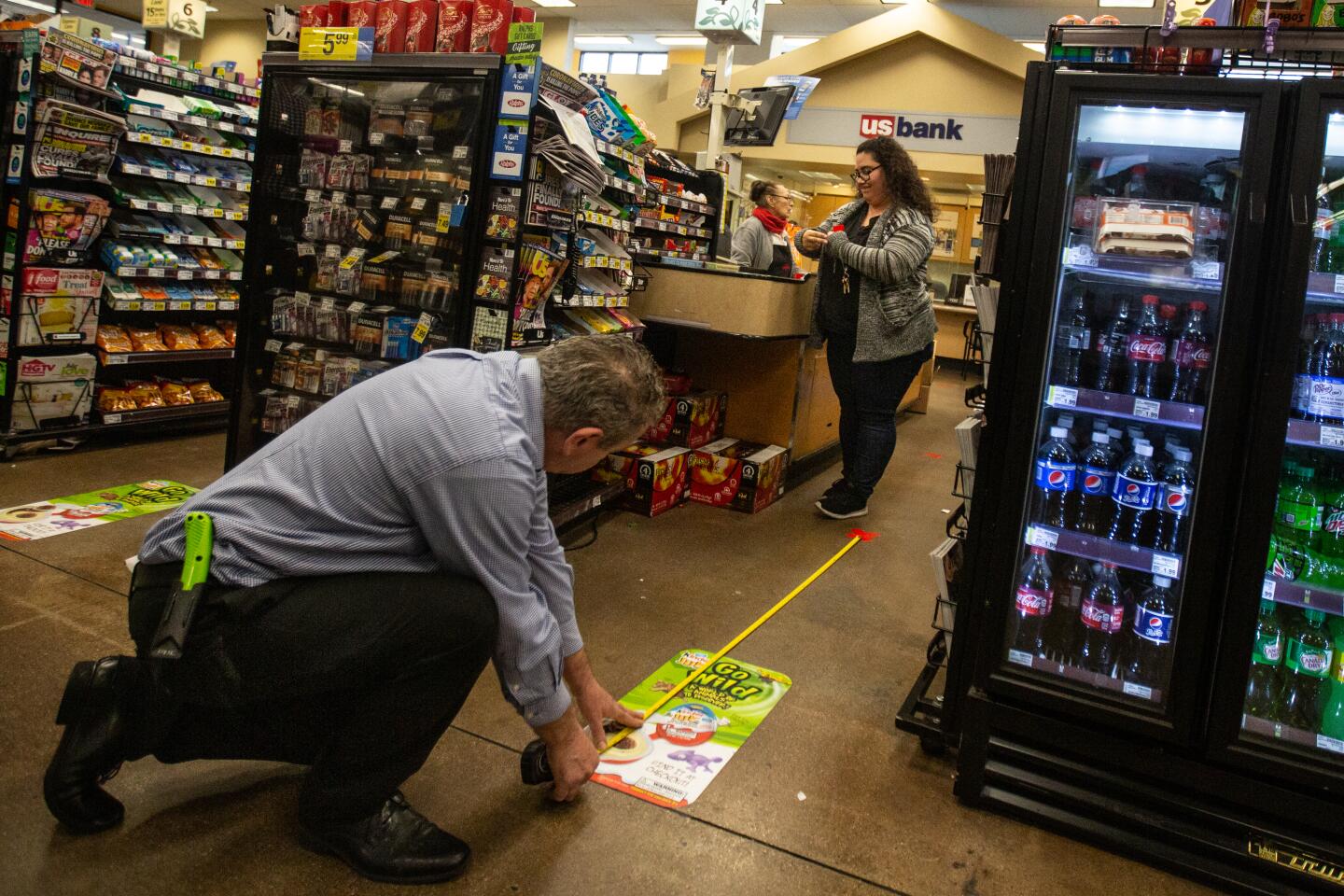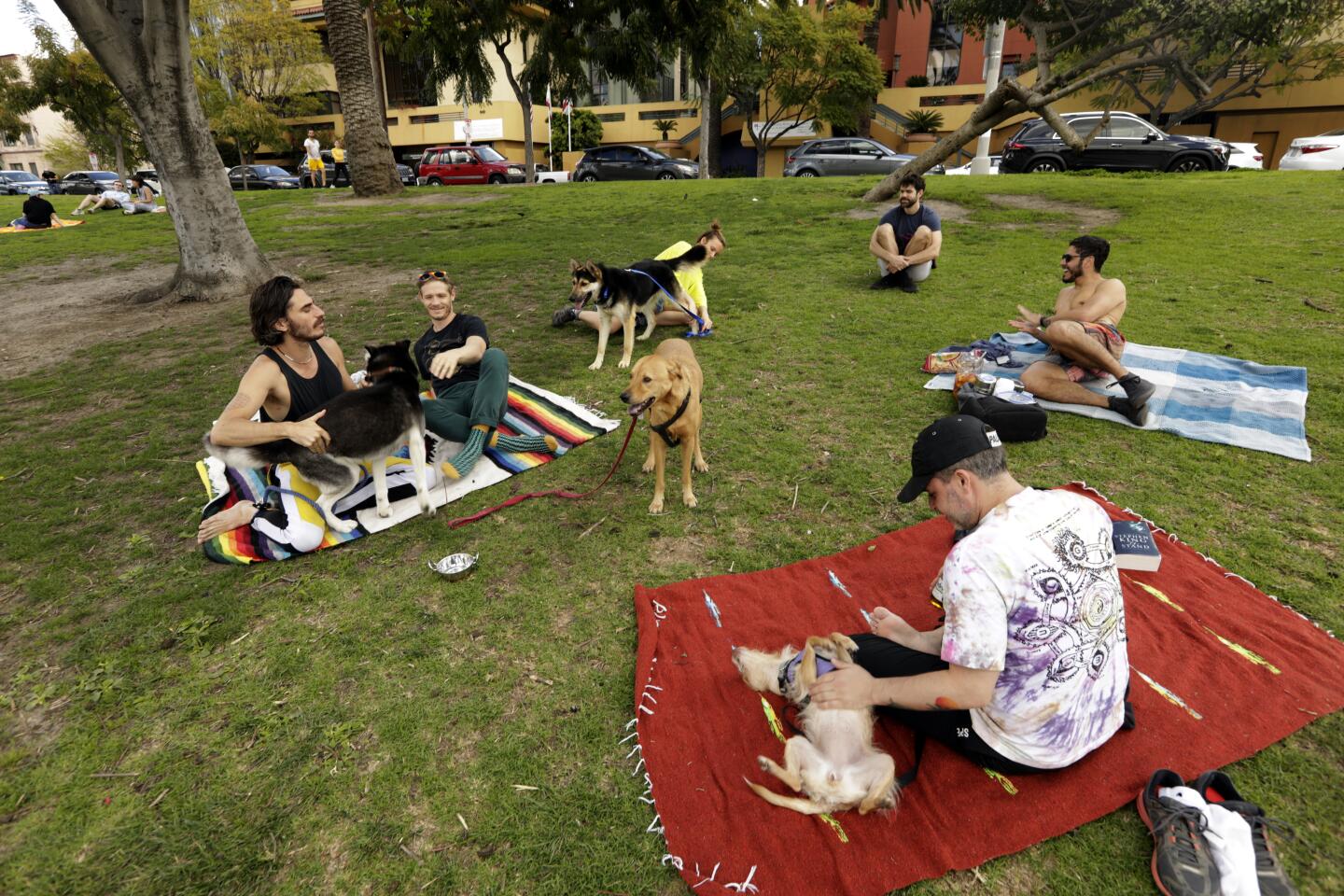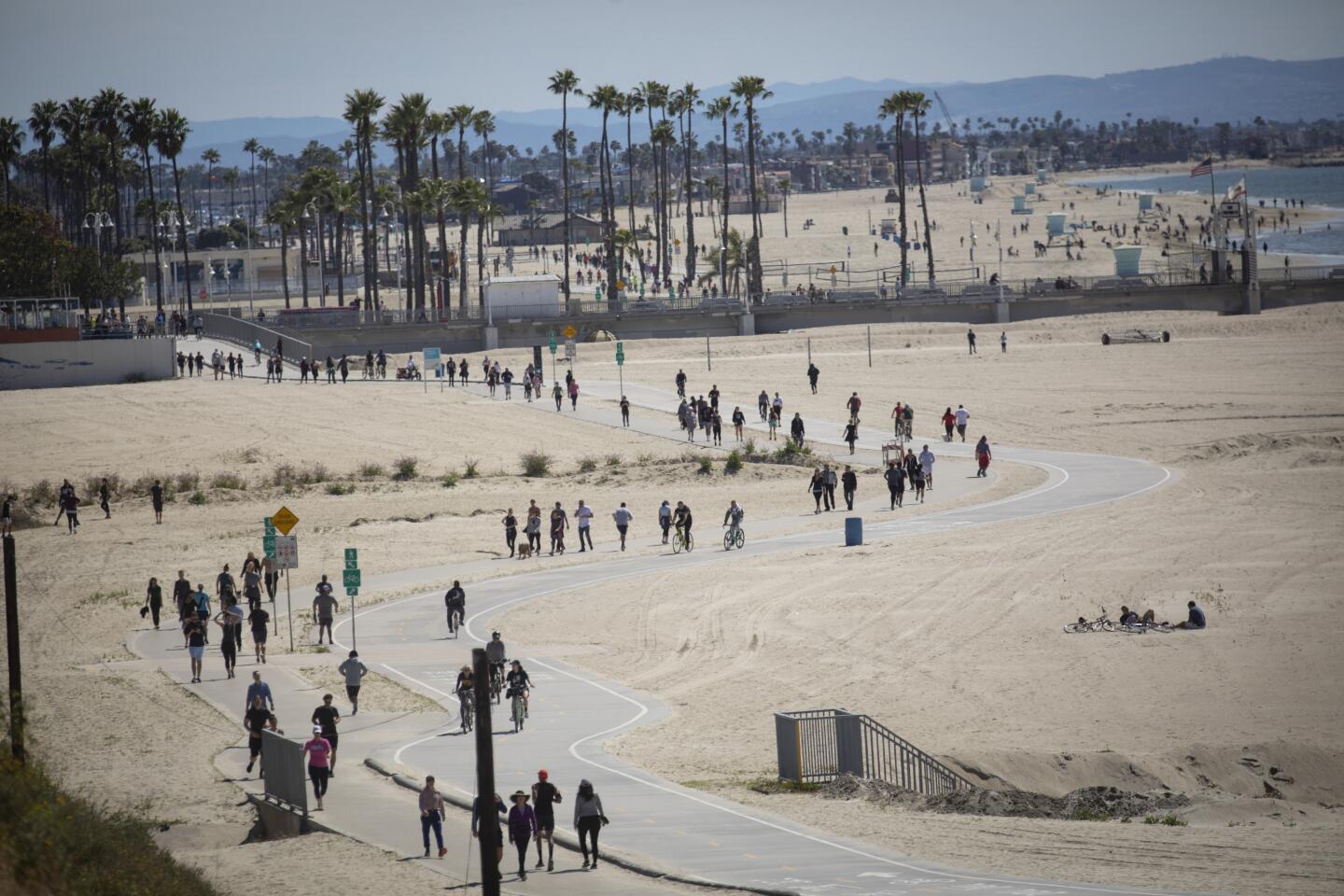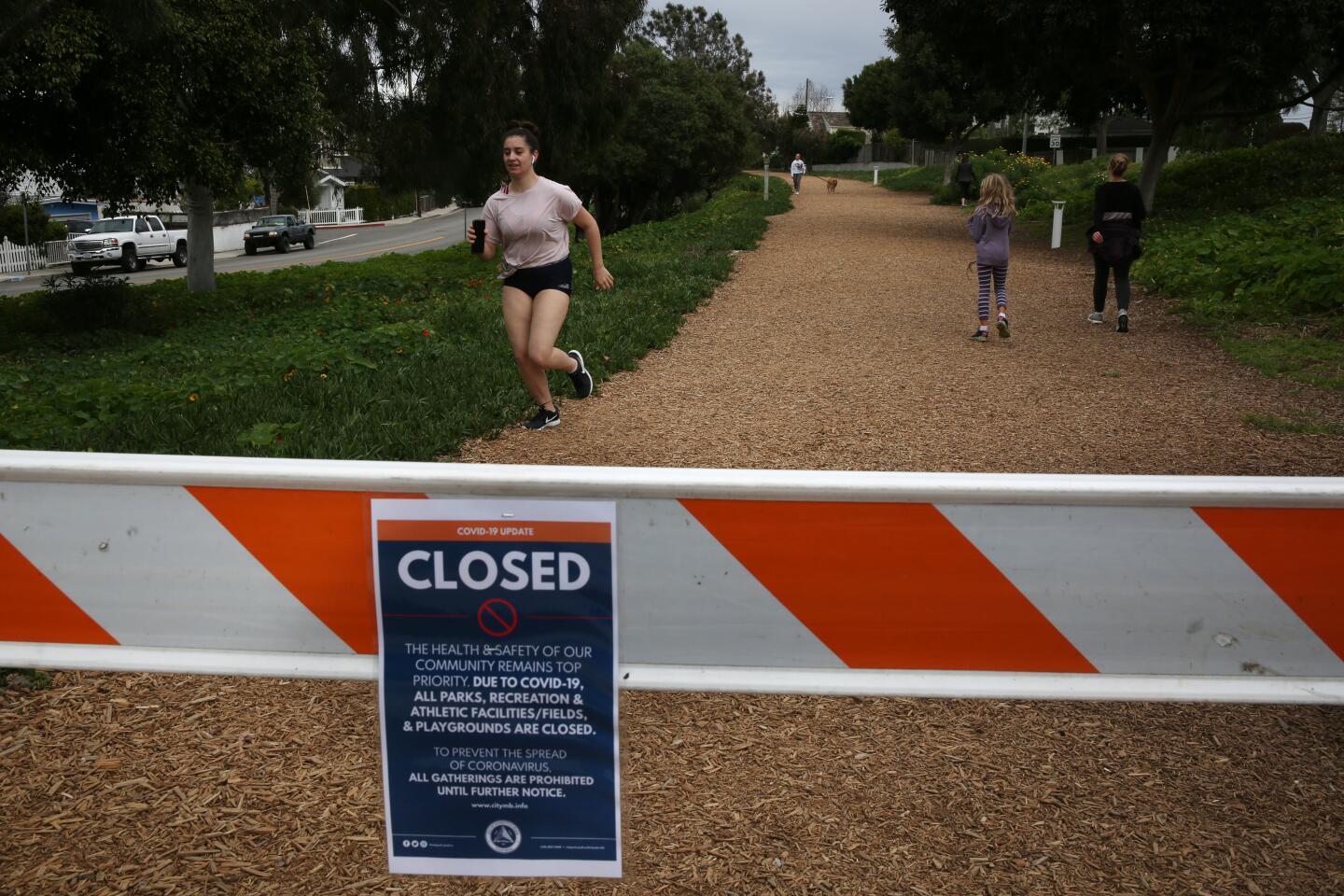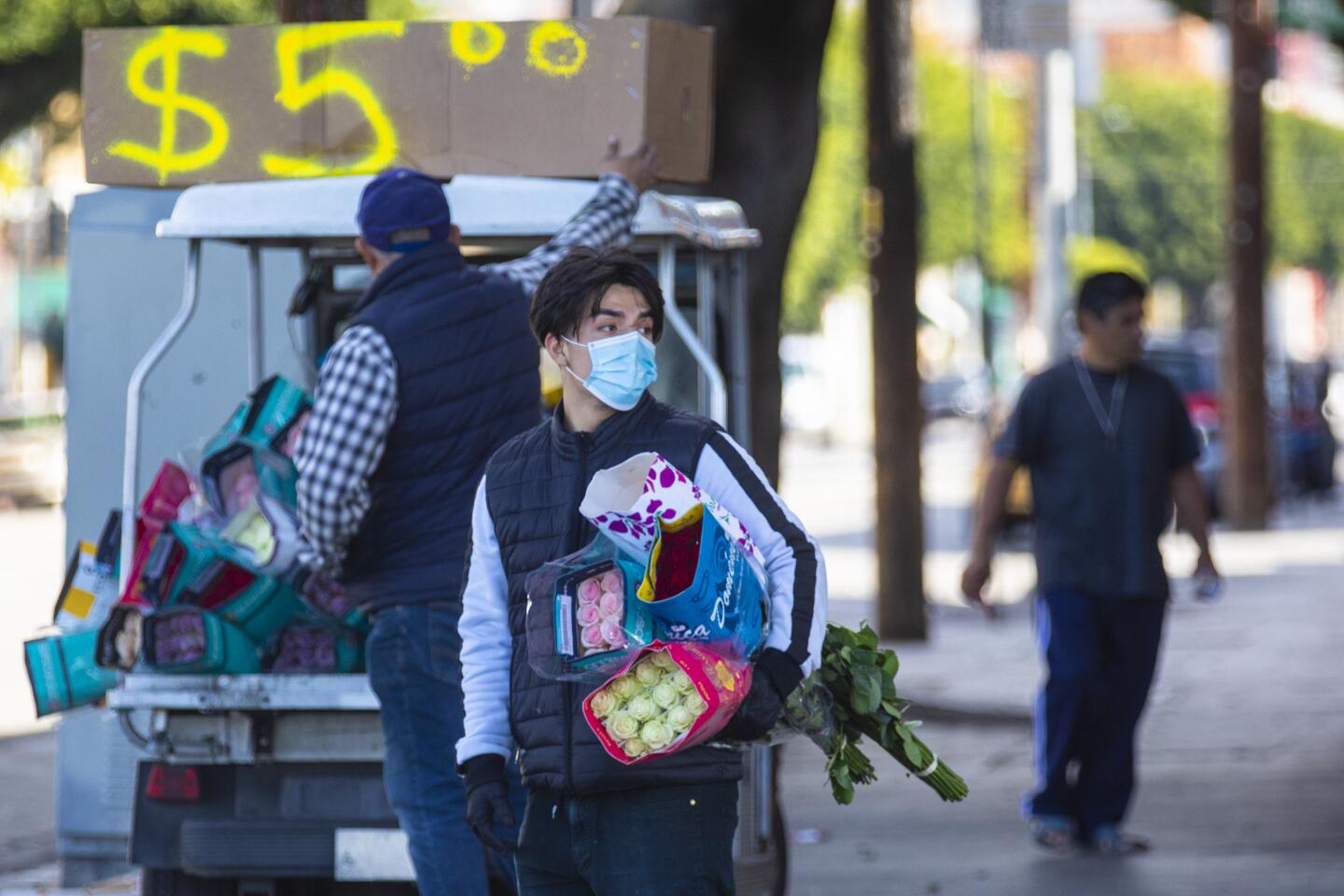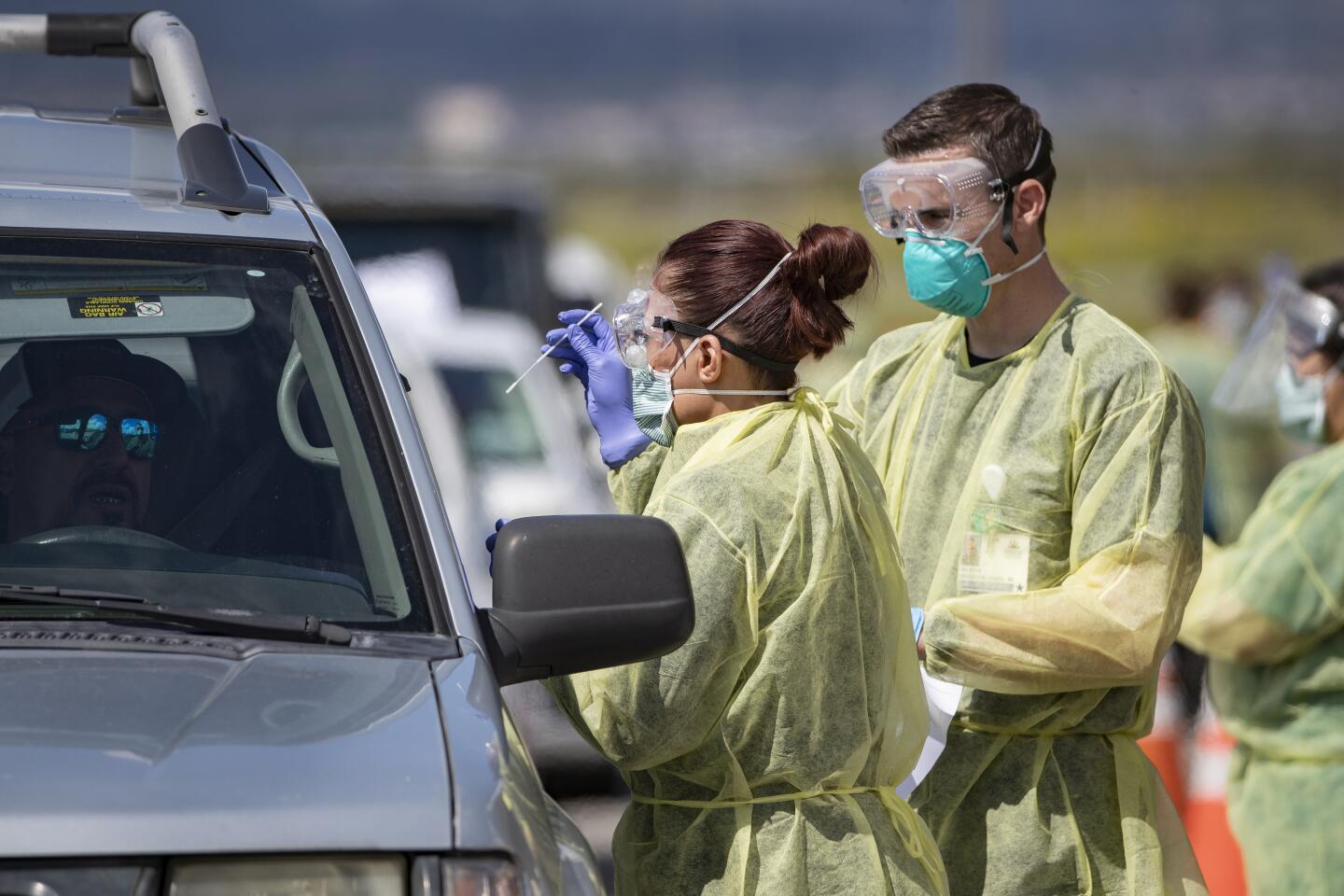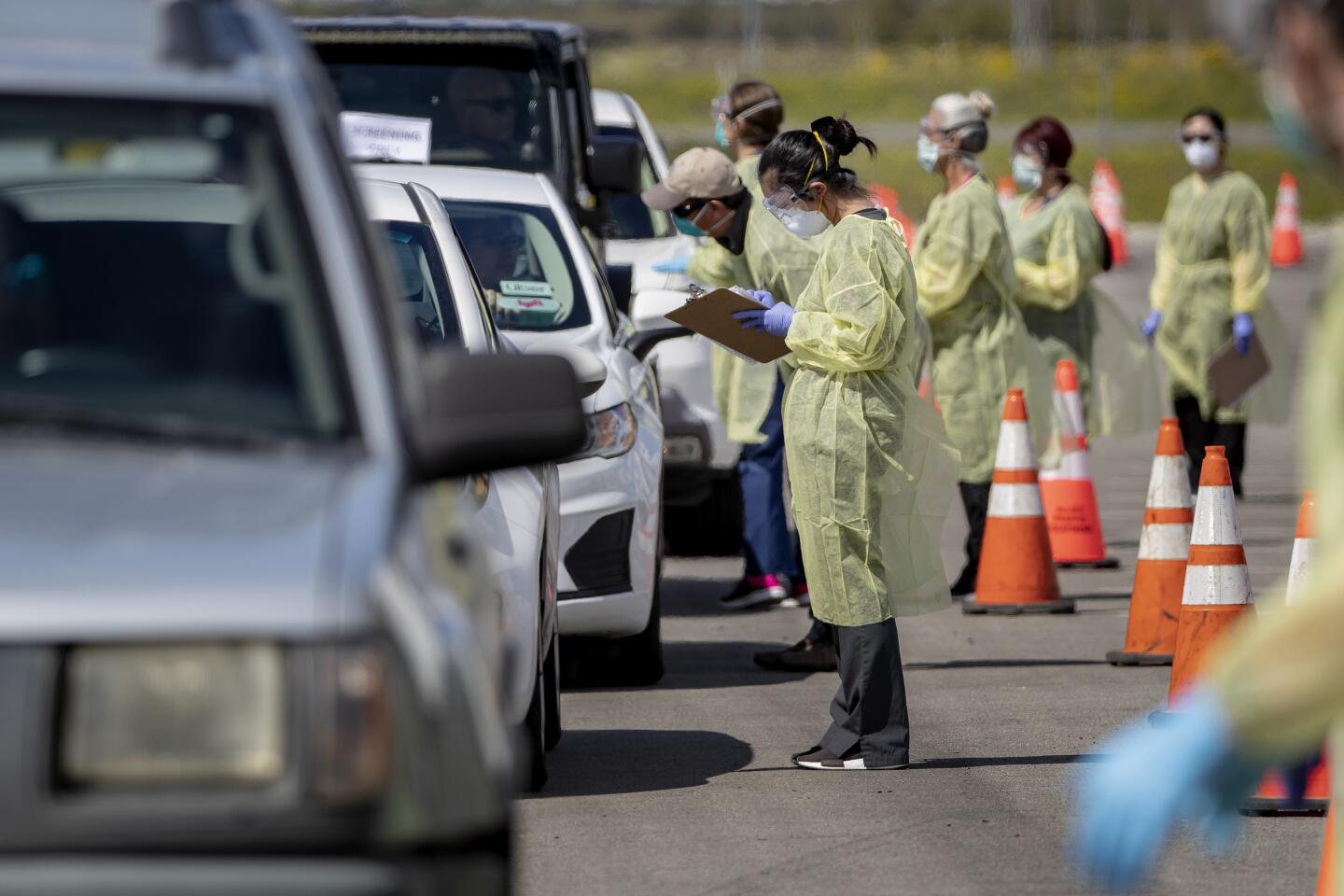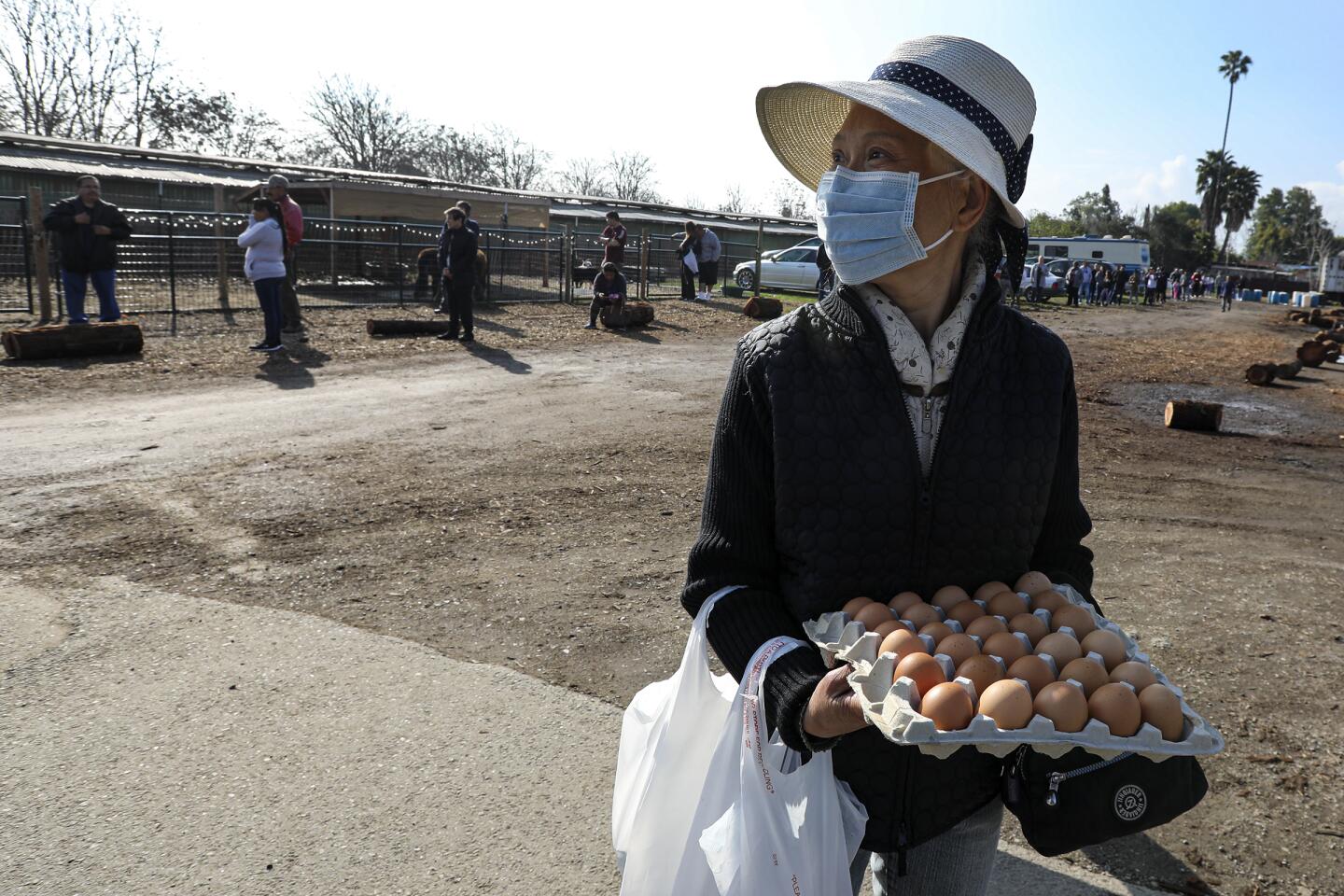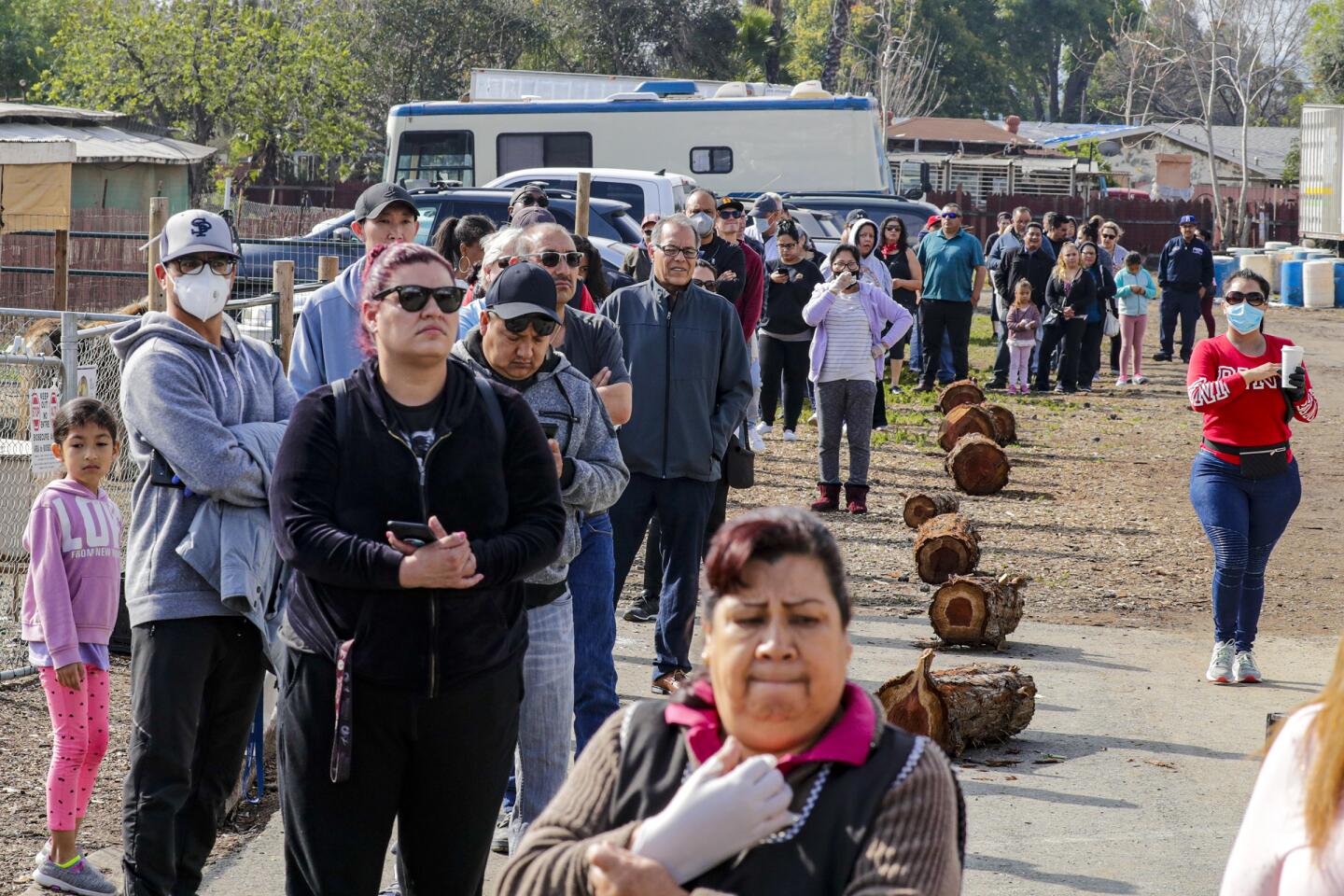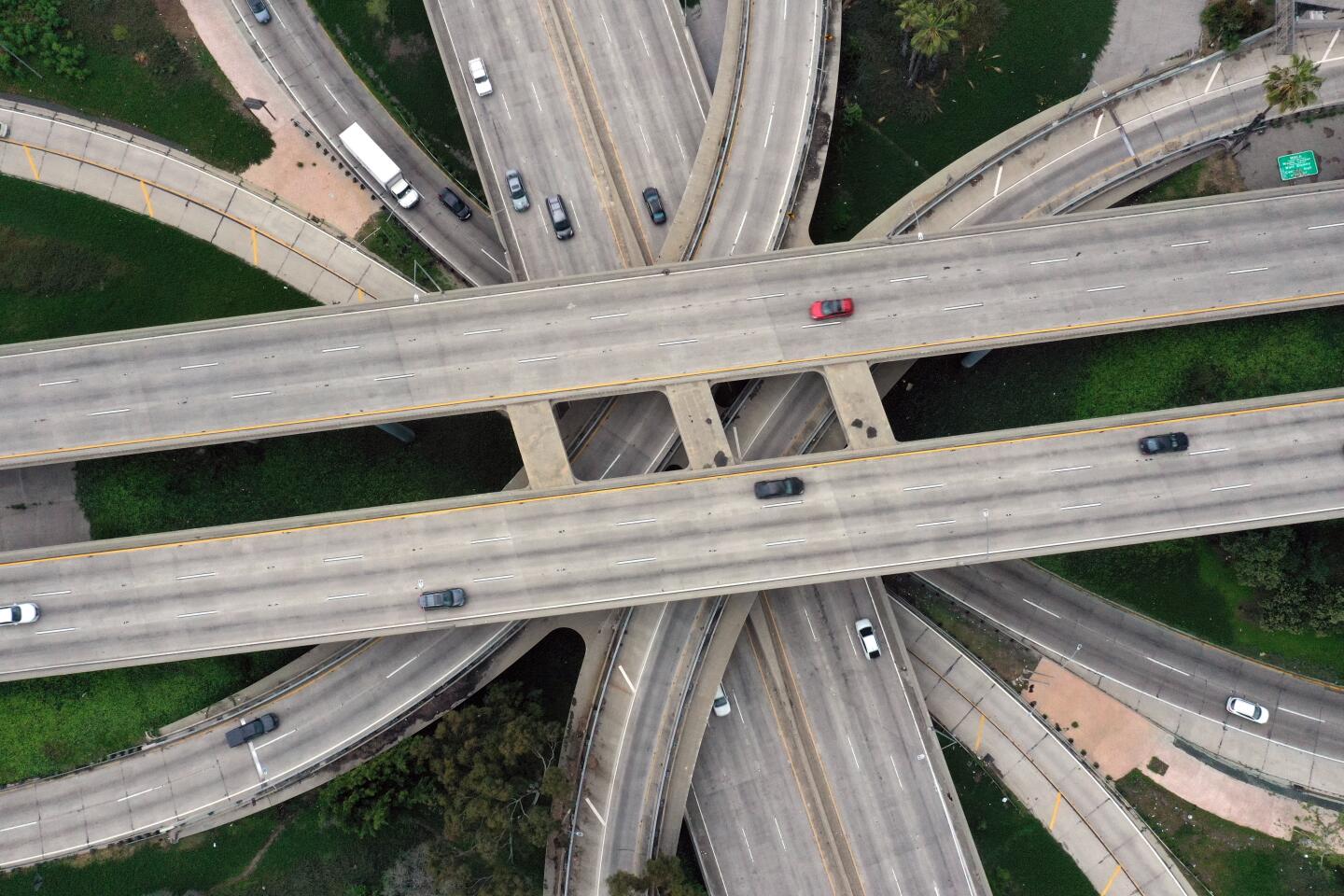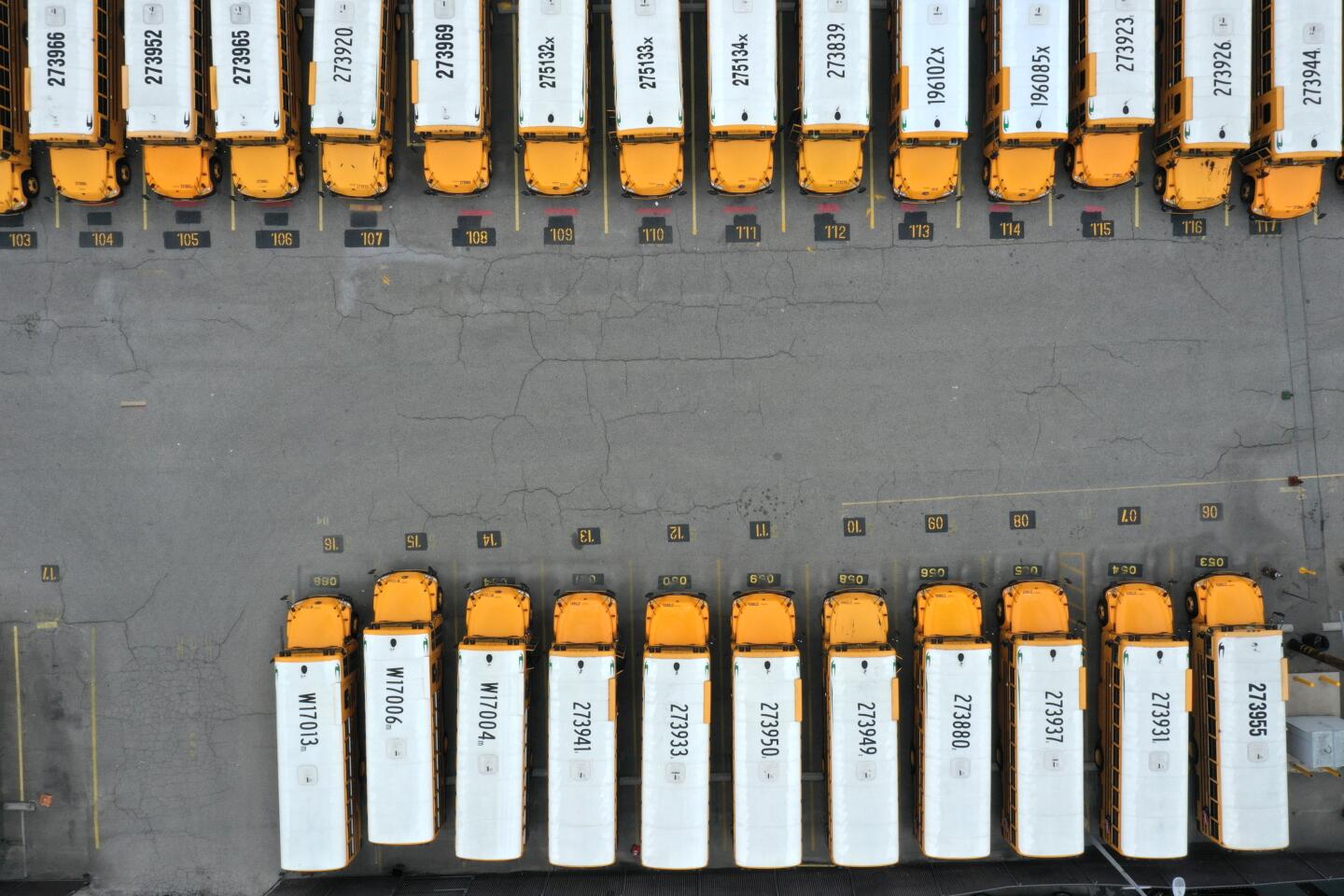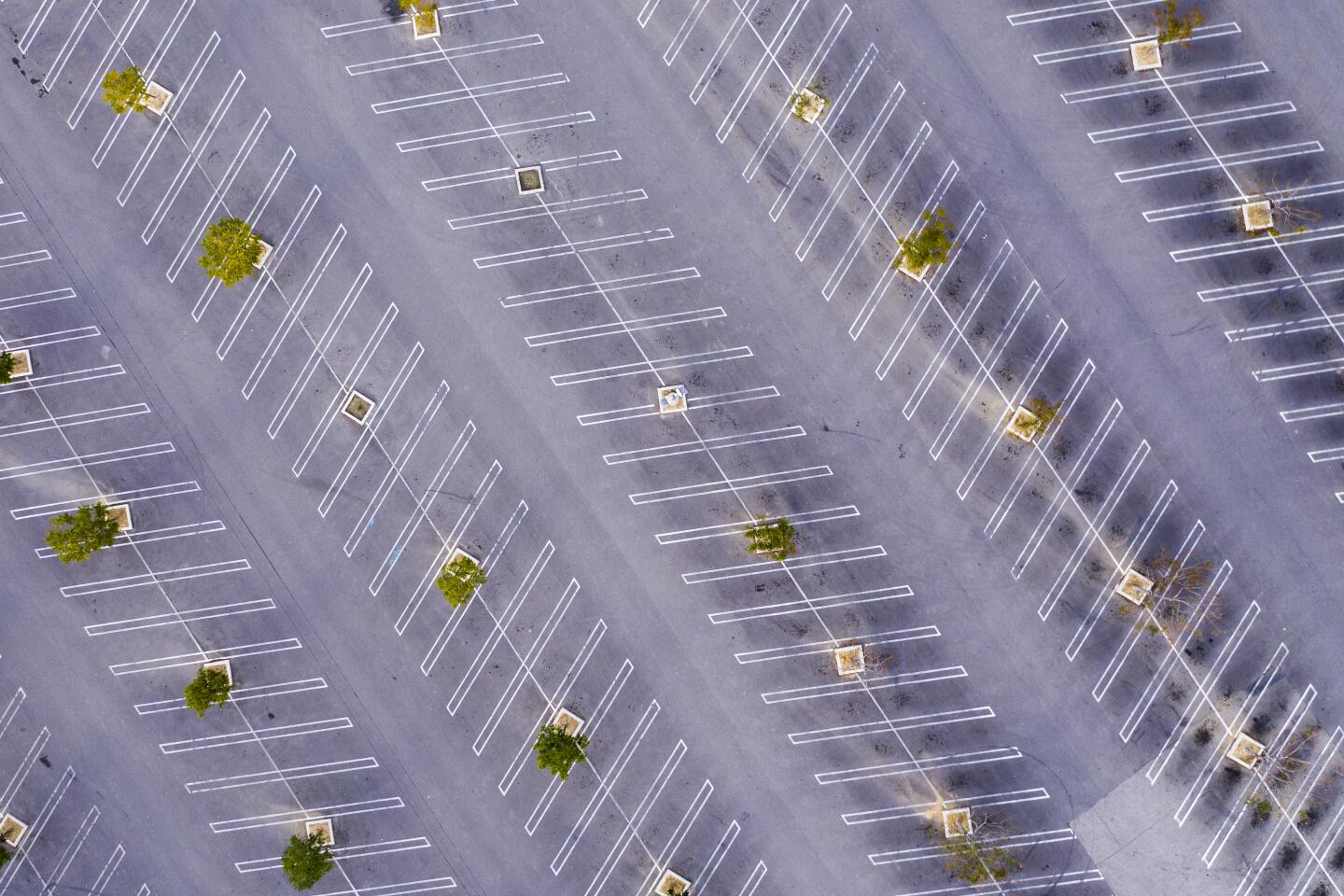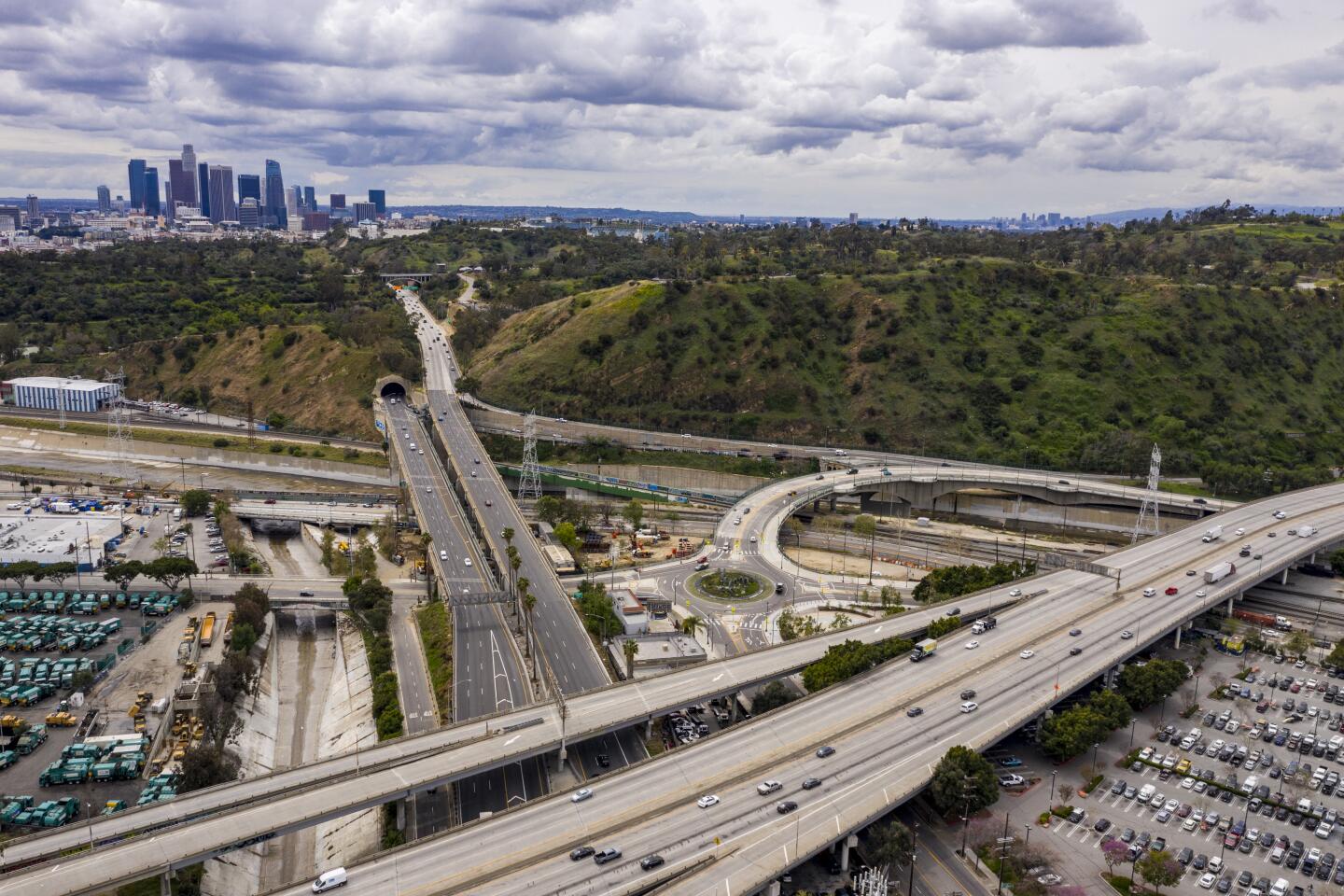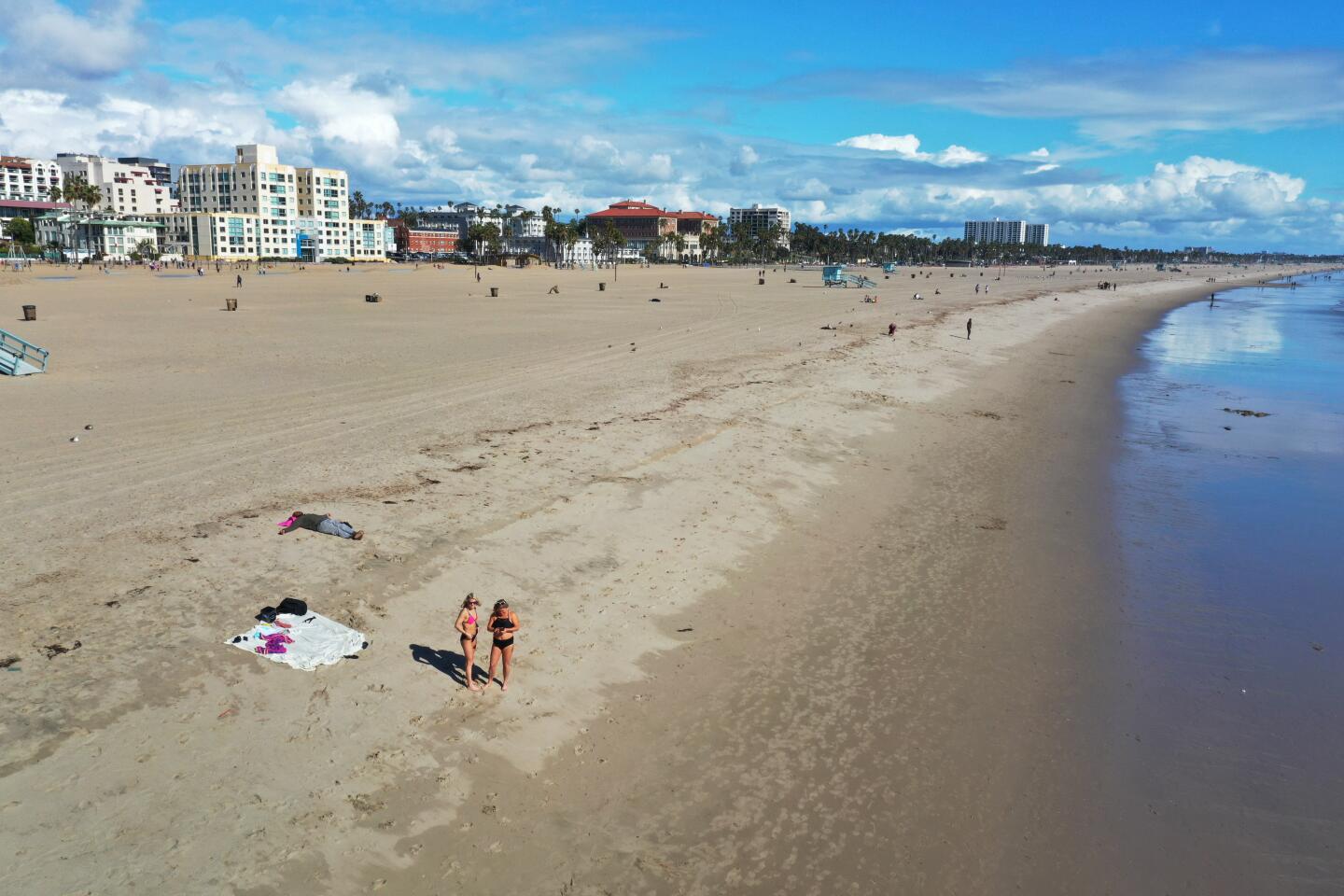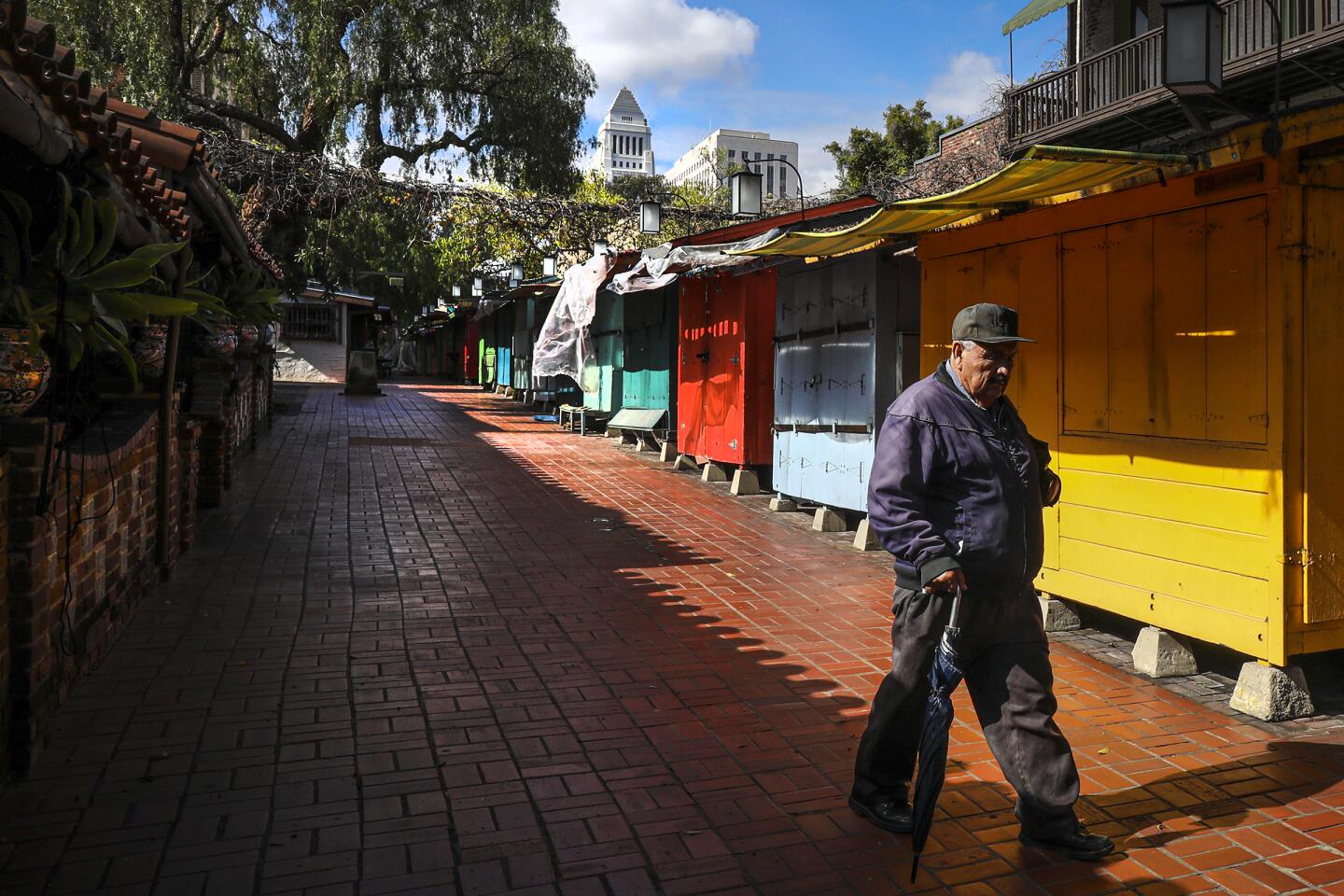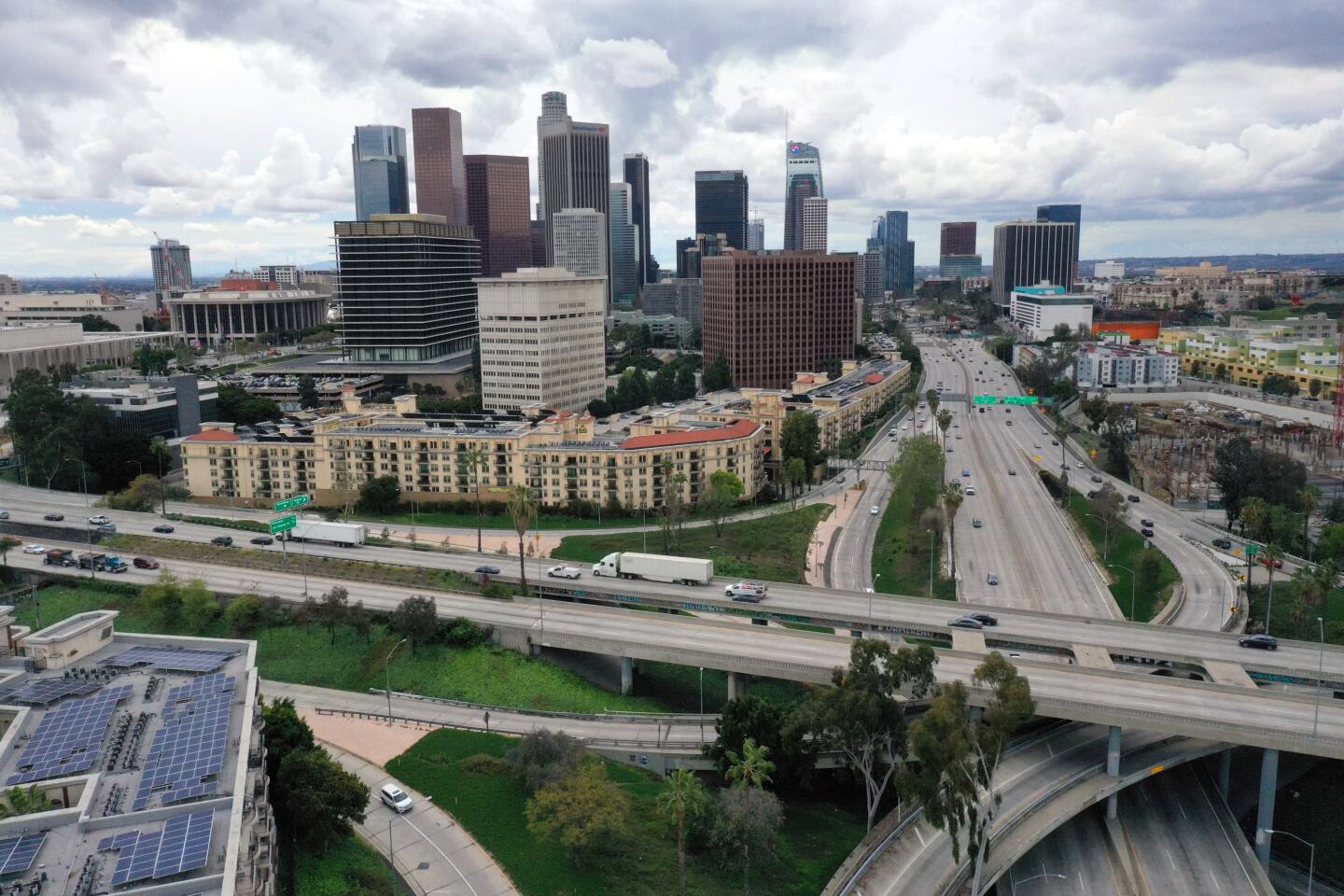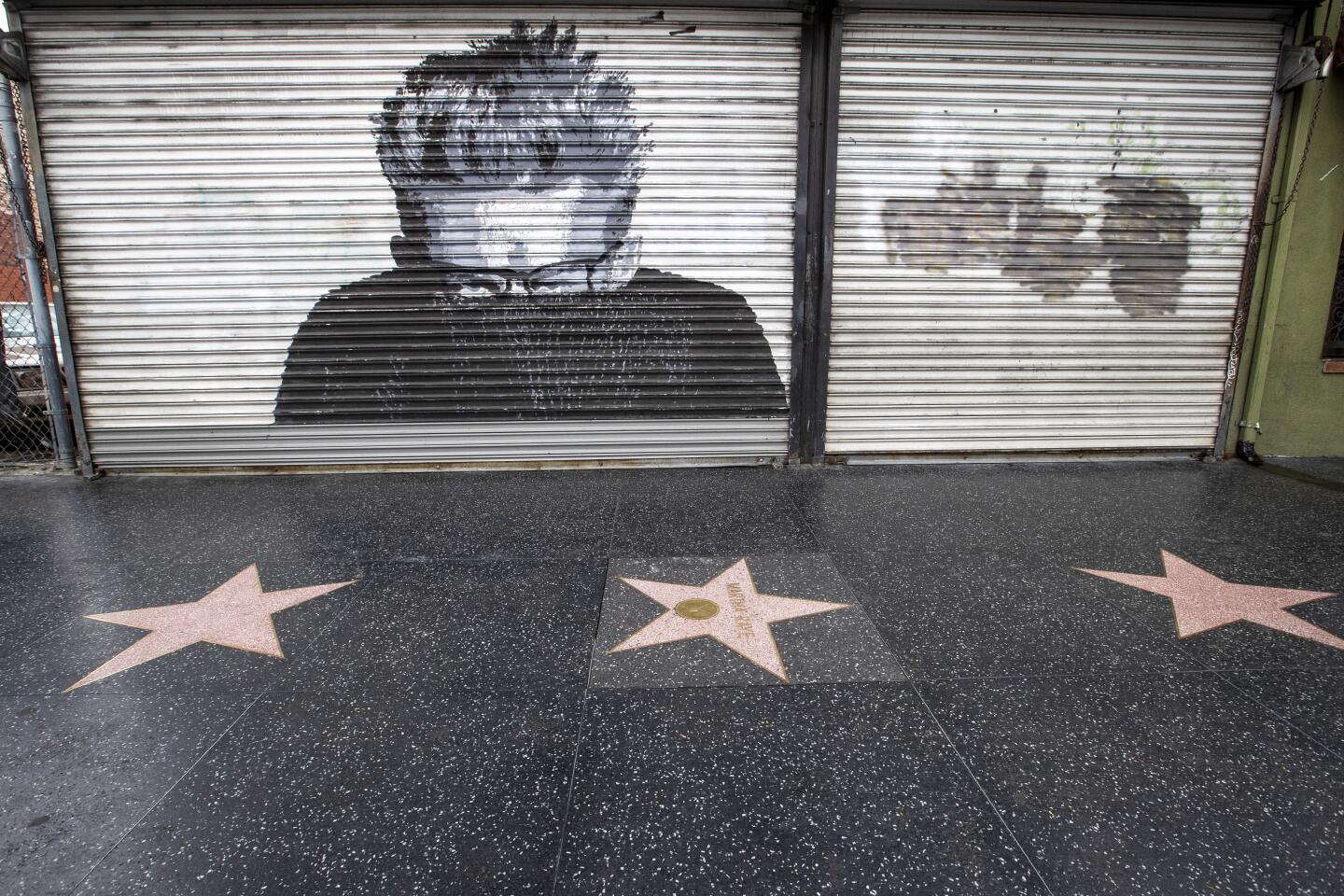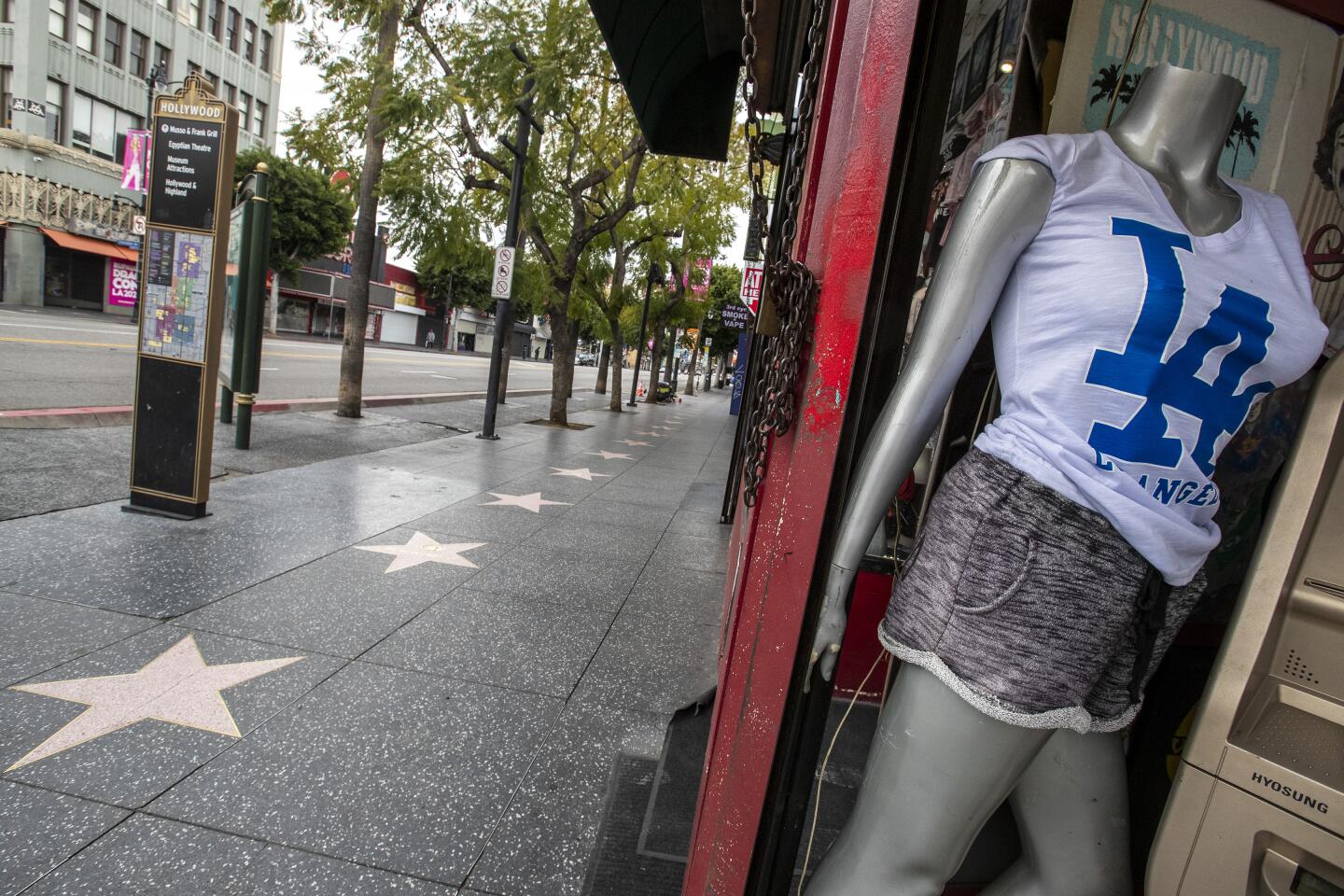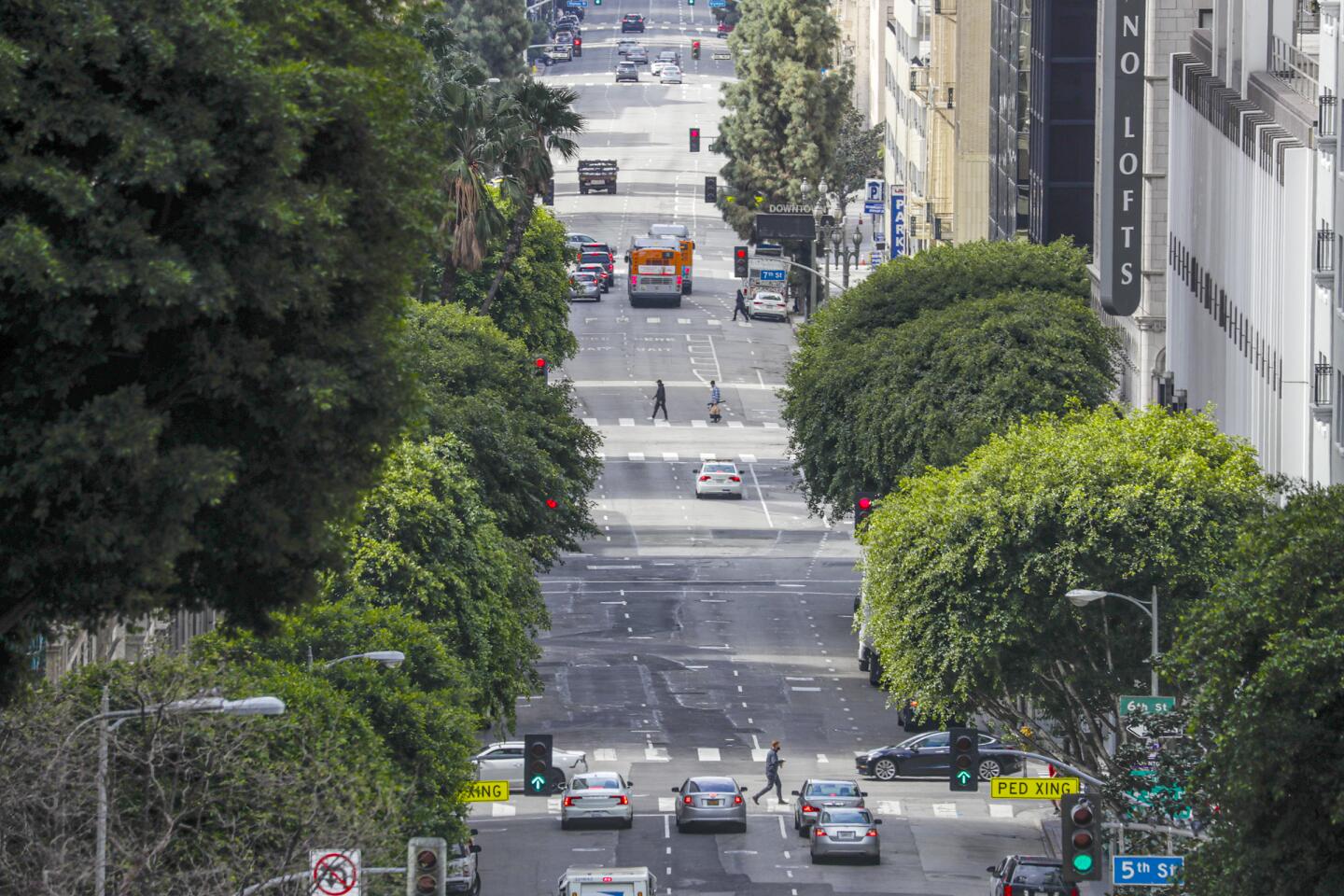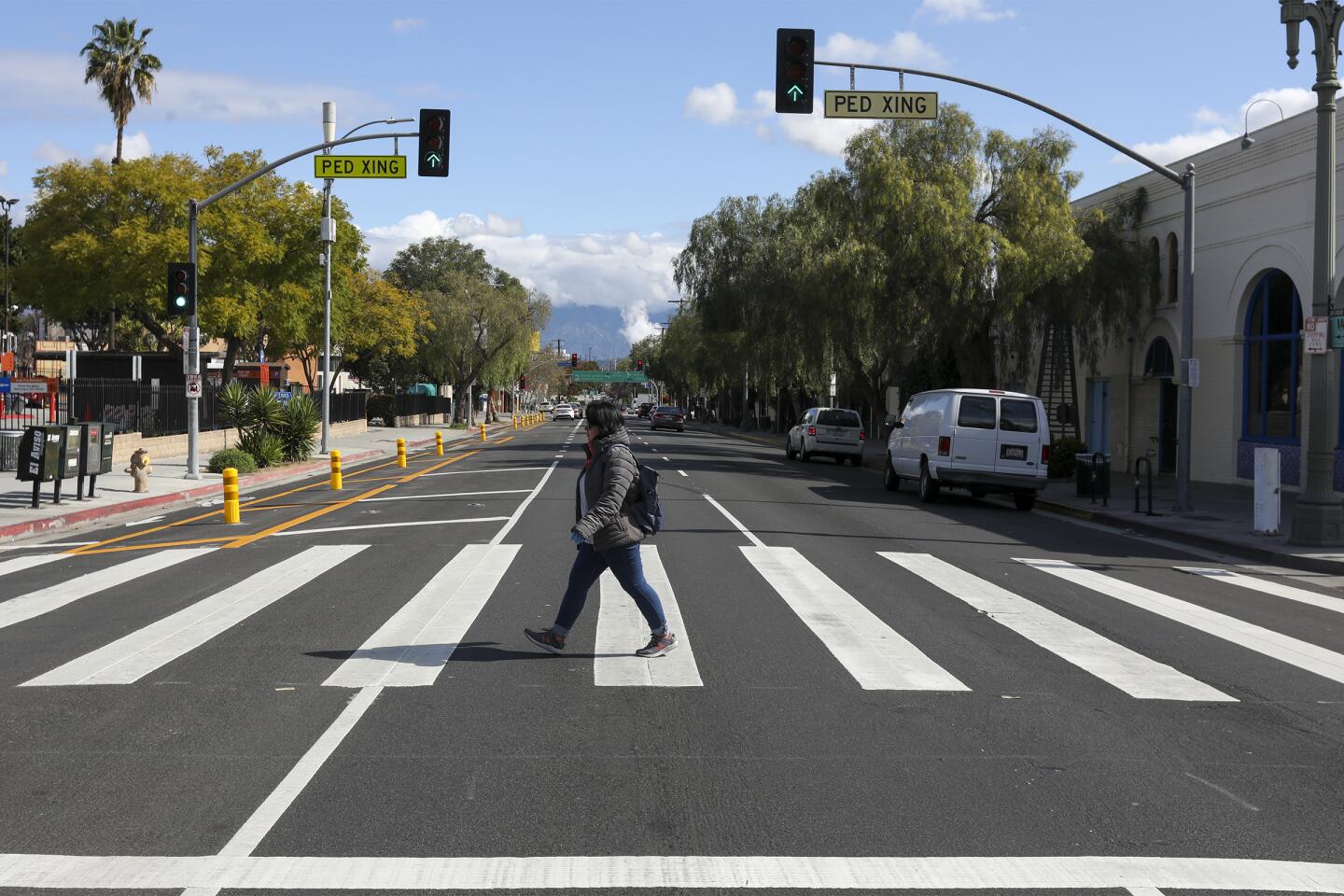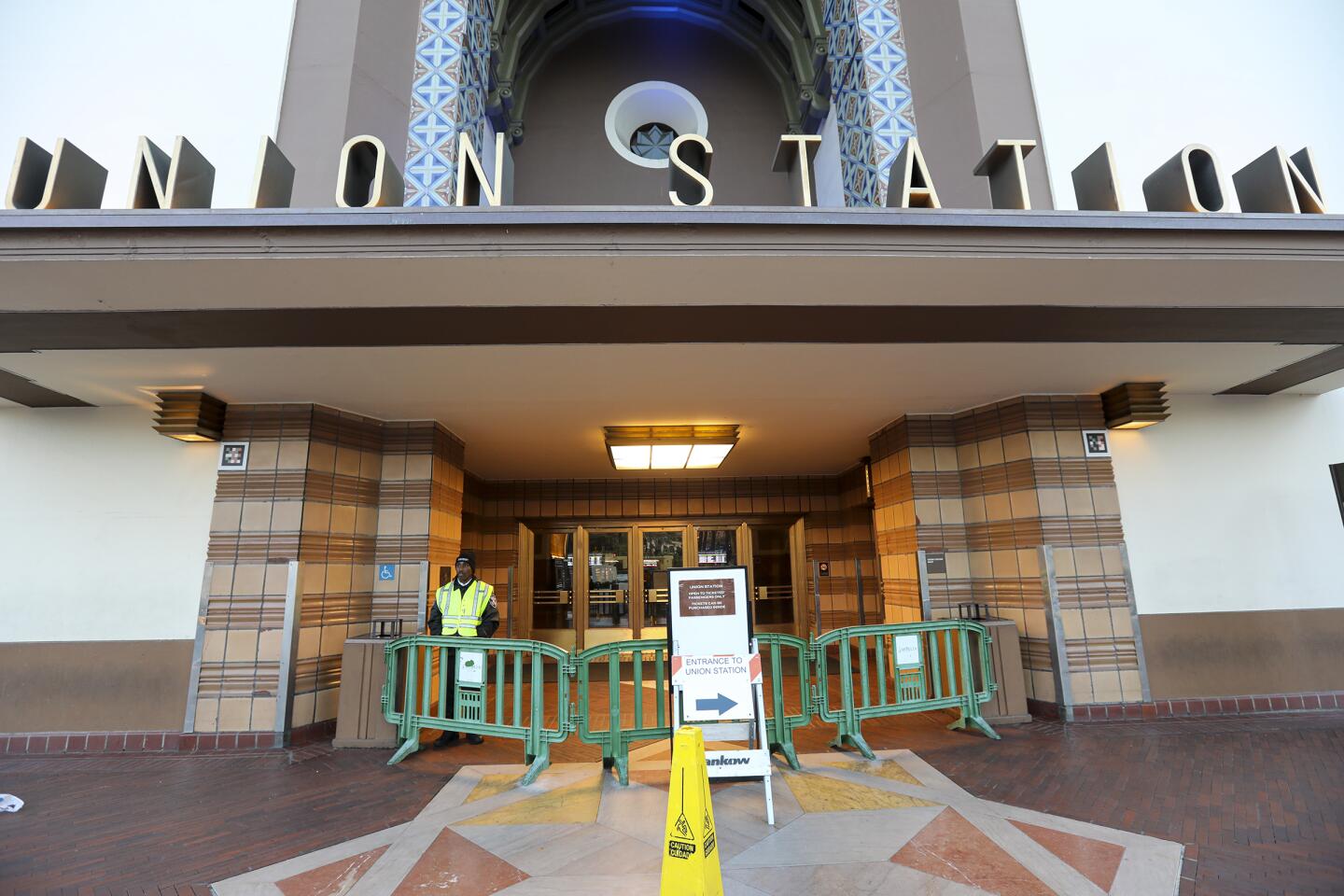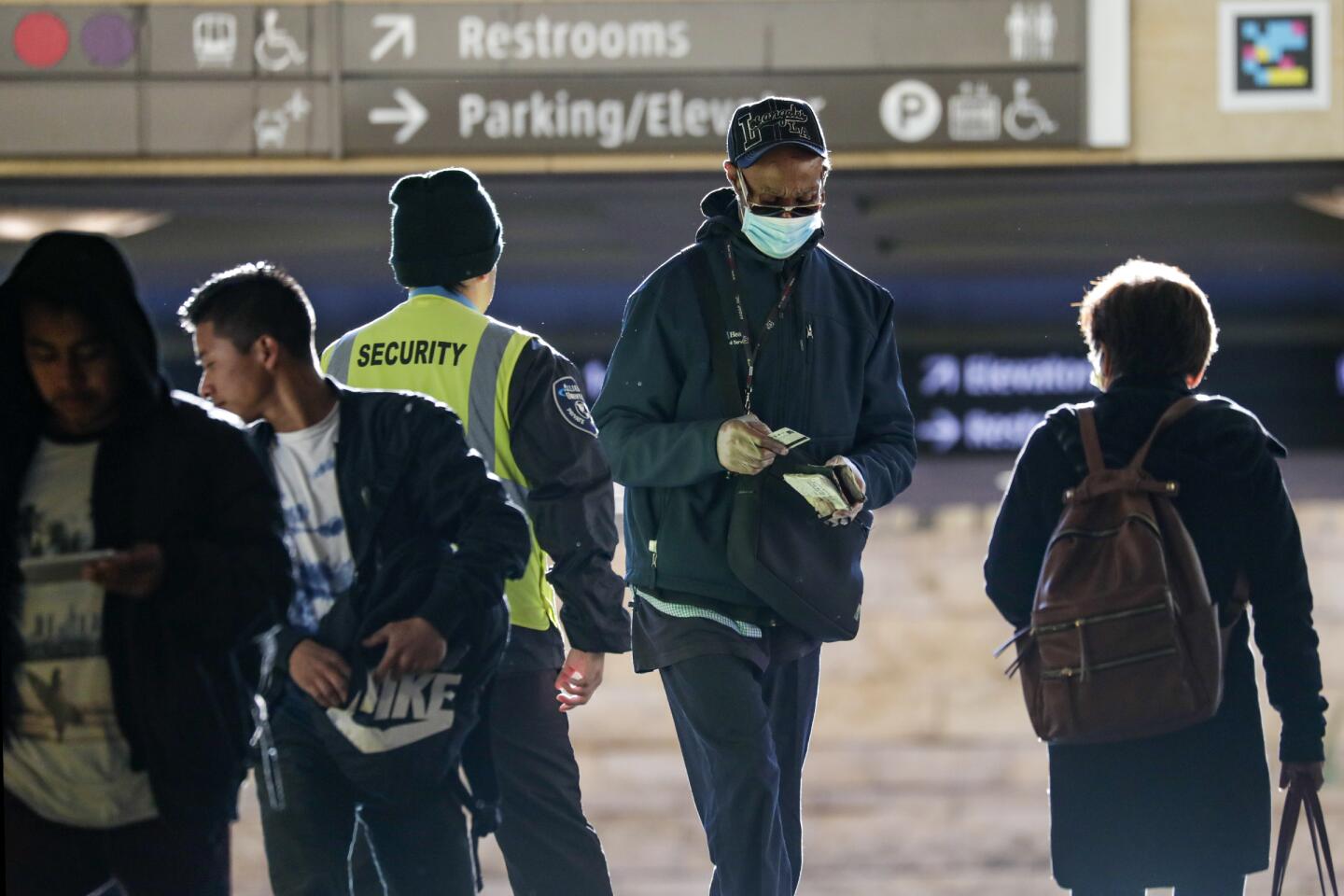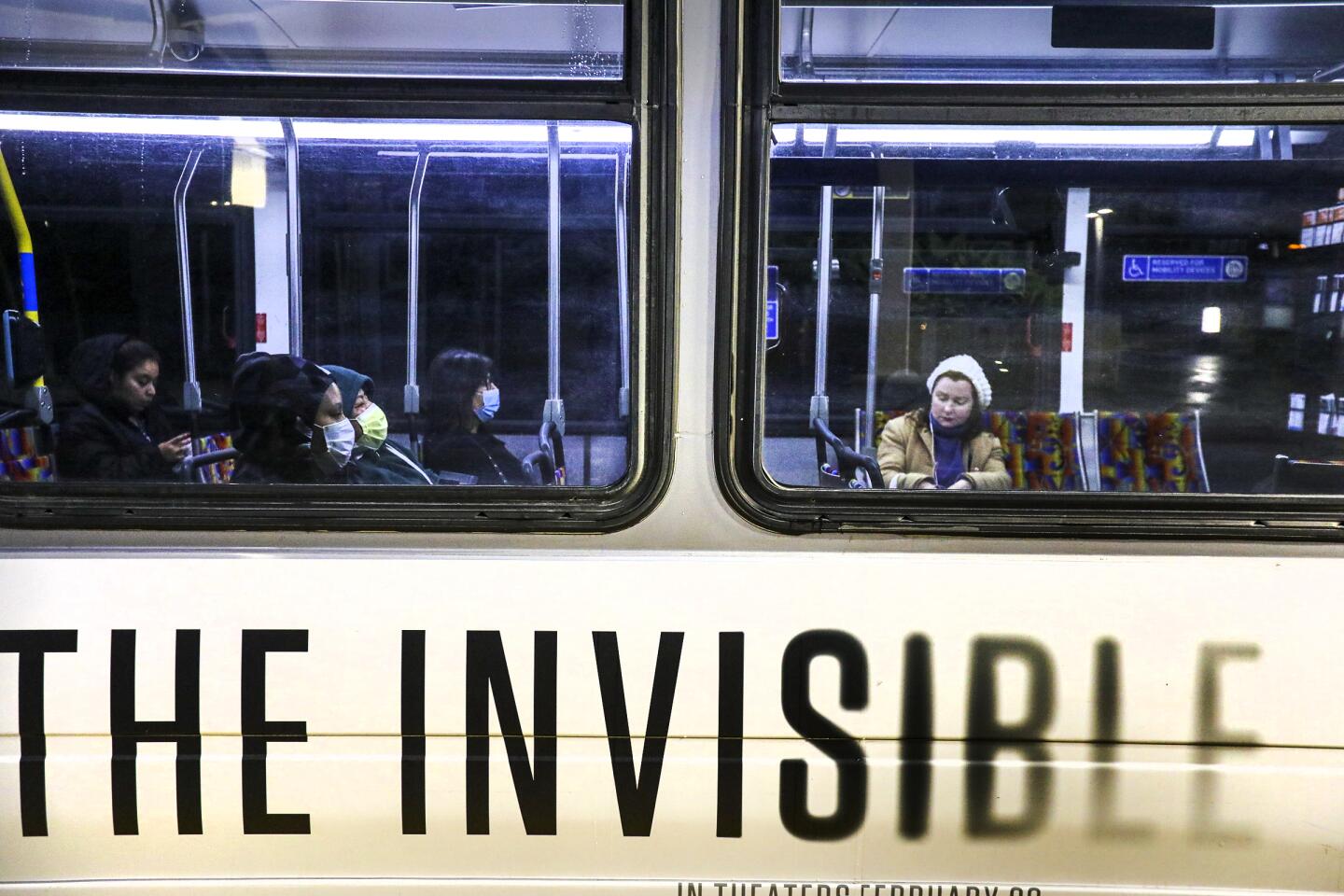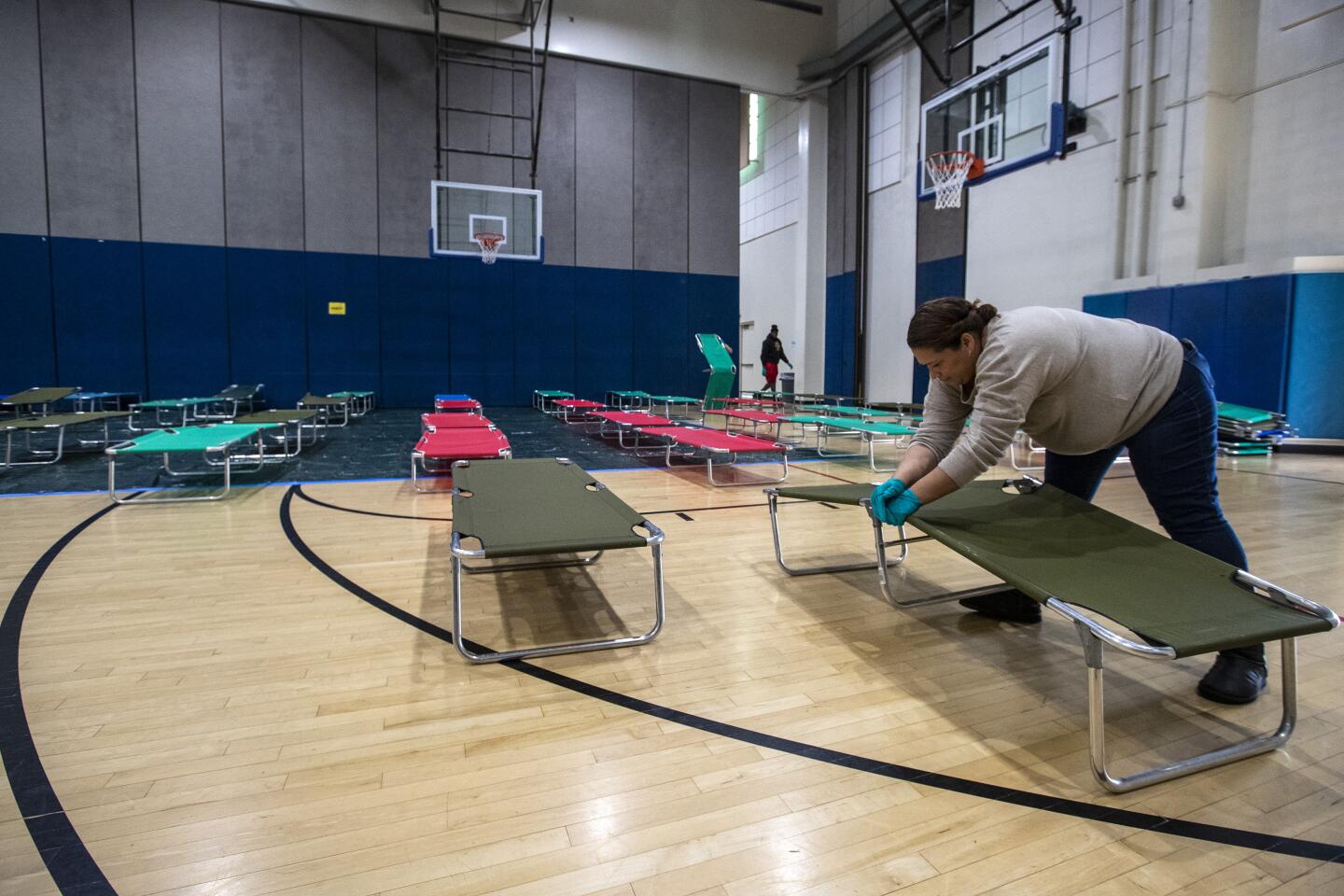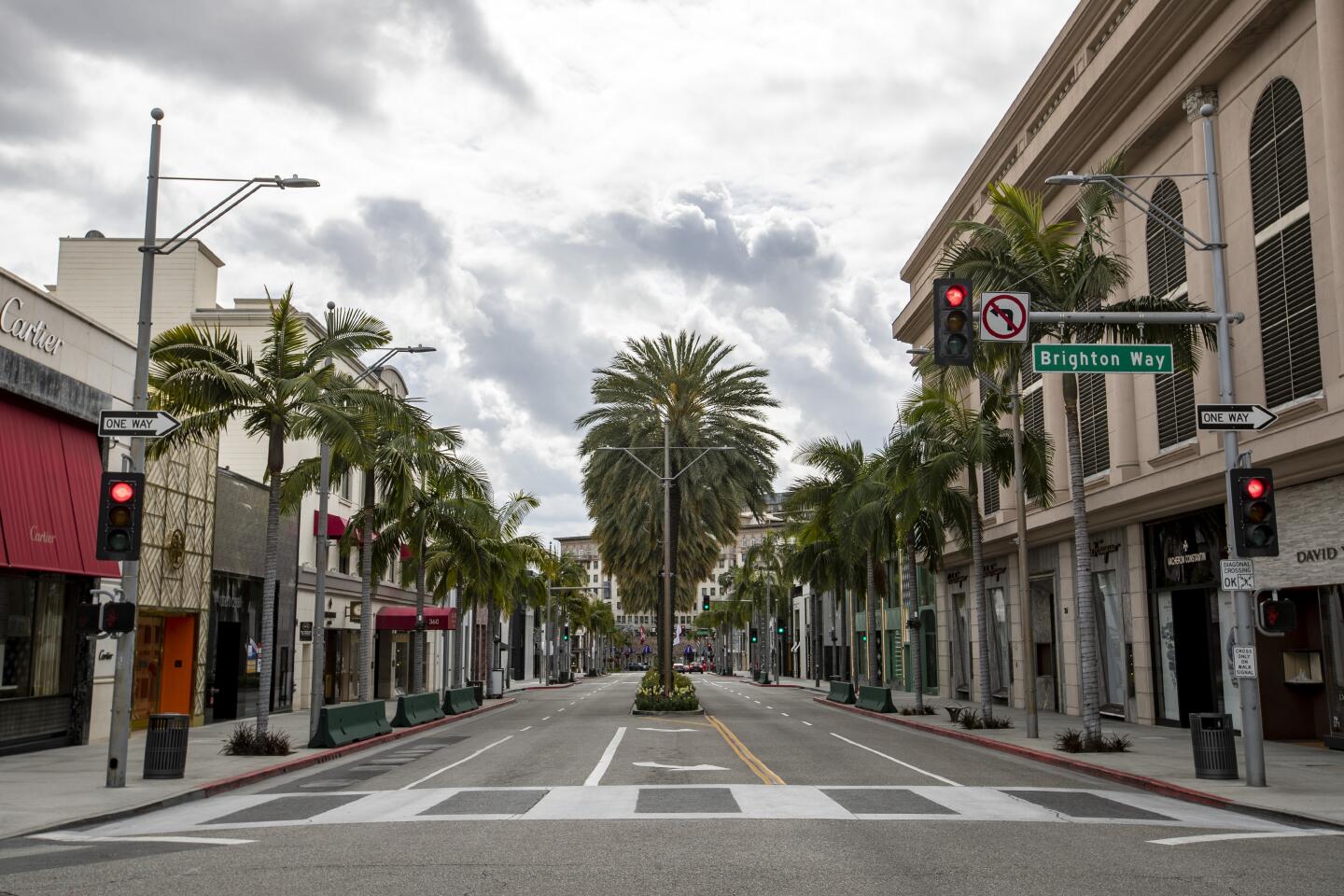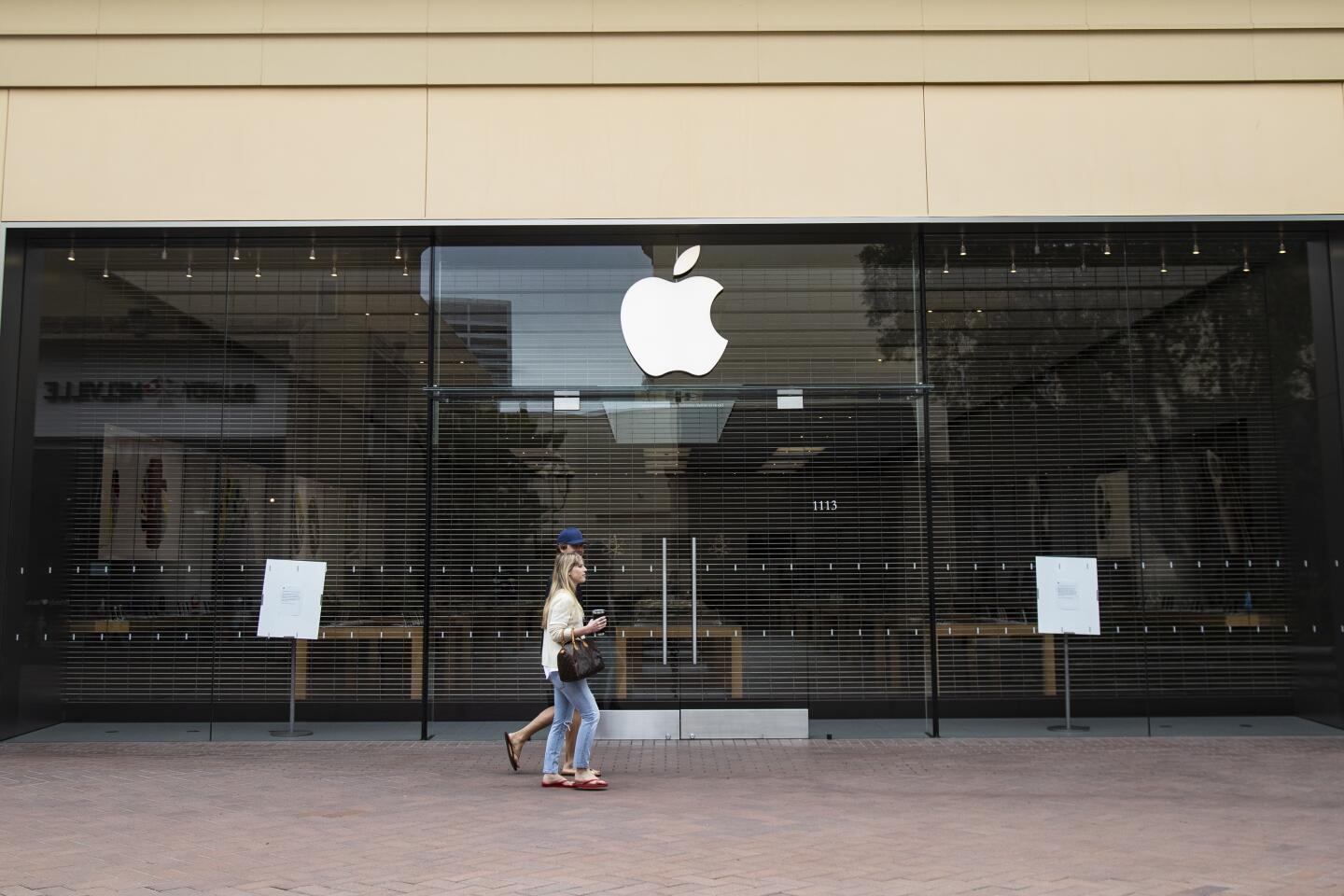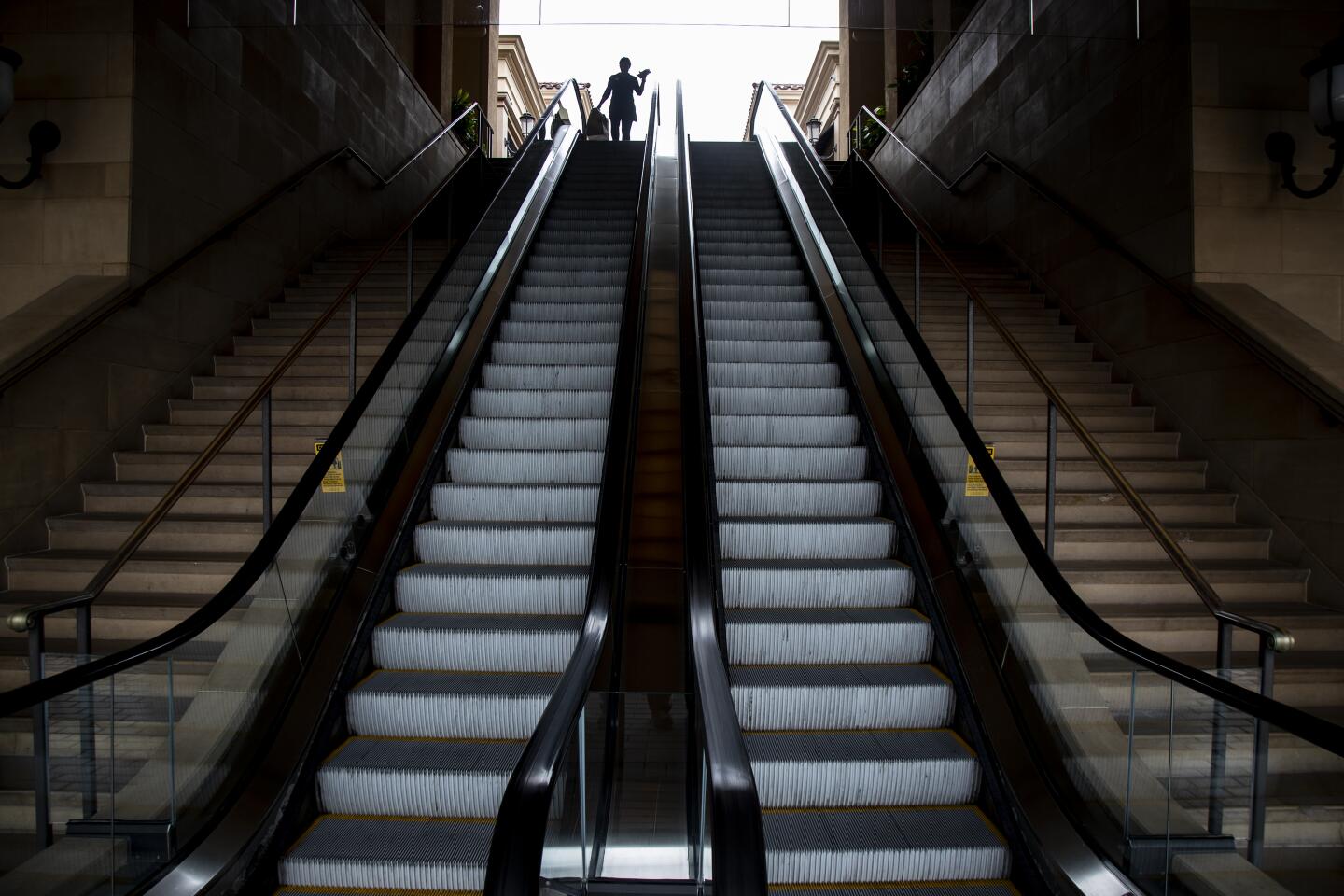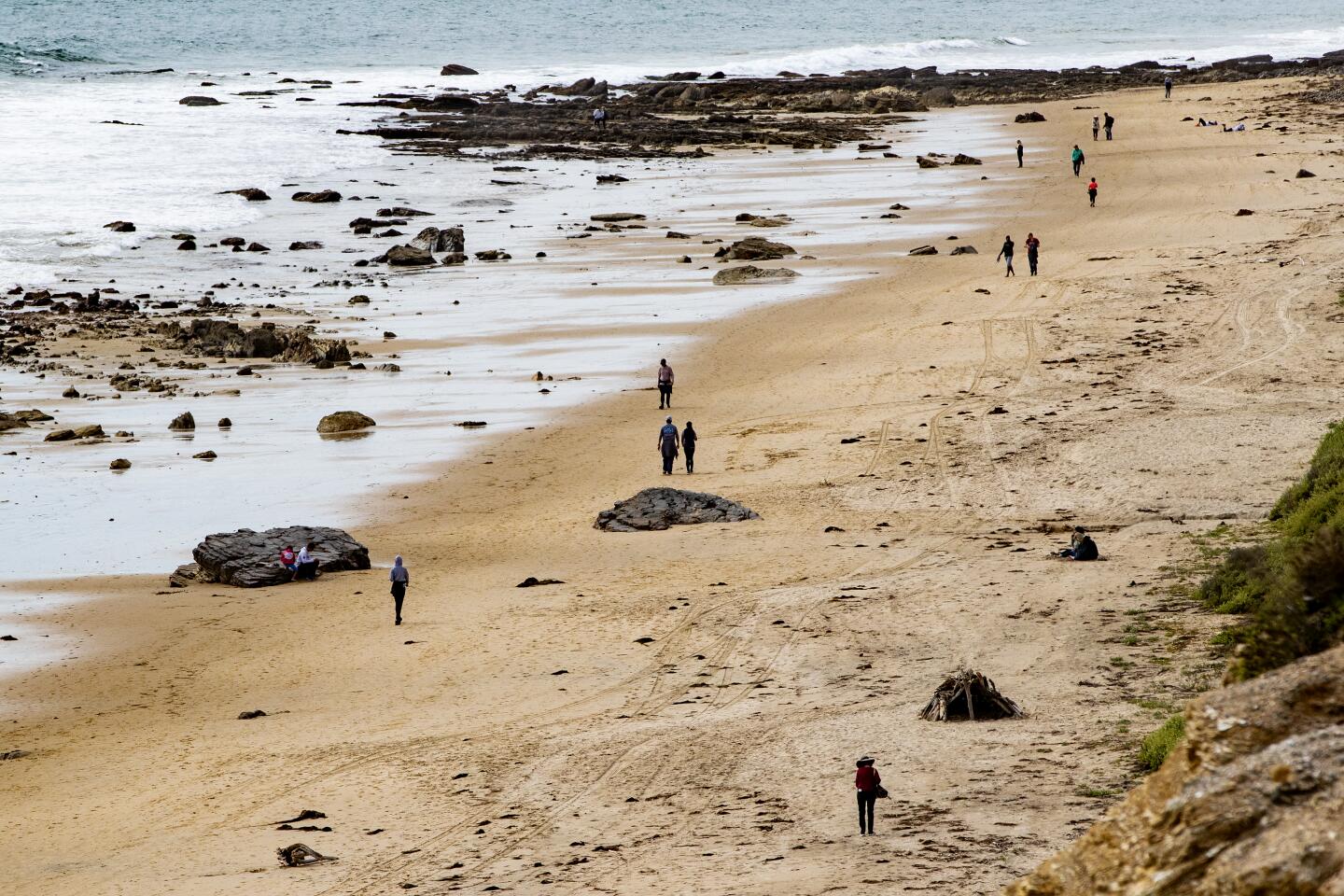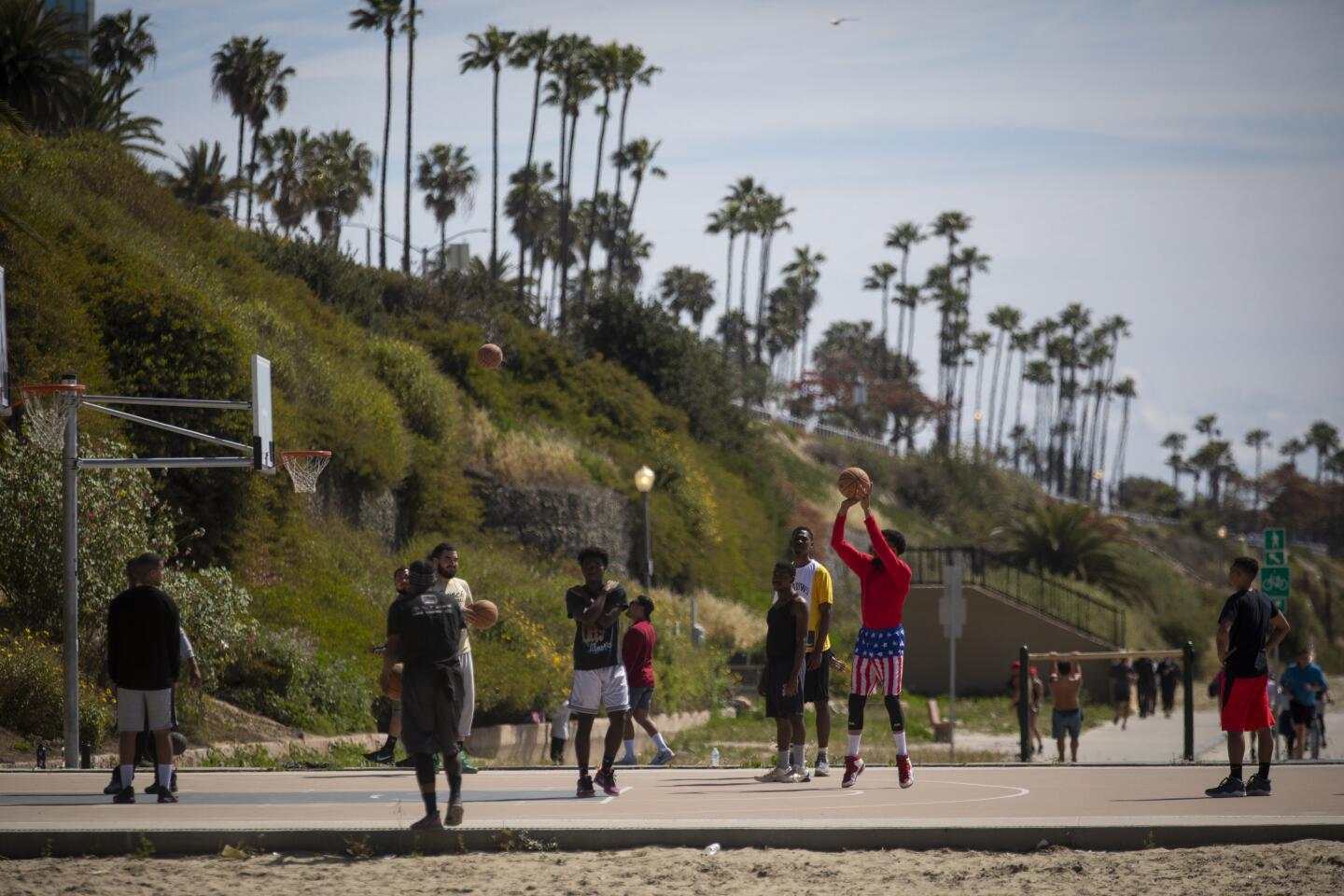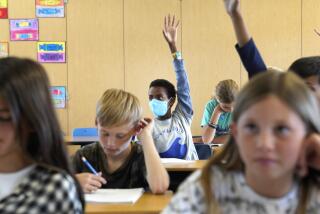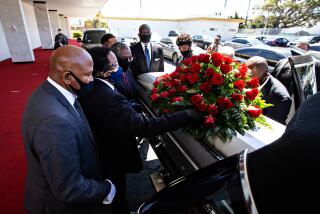Is Newsom right? Could California see 25.5 million coronavirus cases in two months?
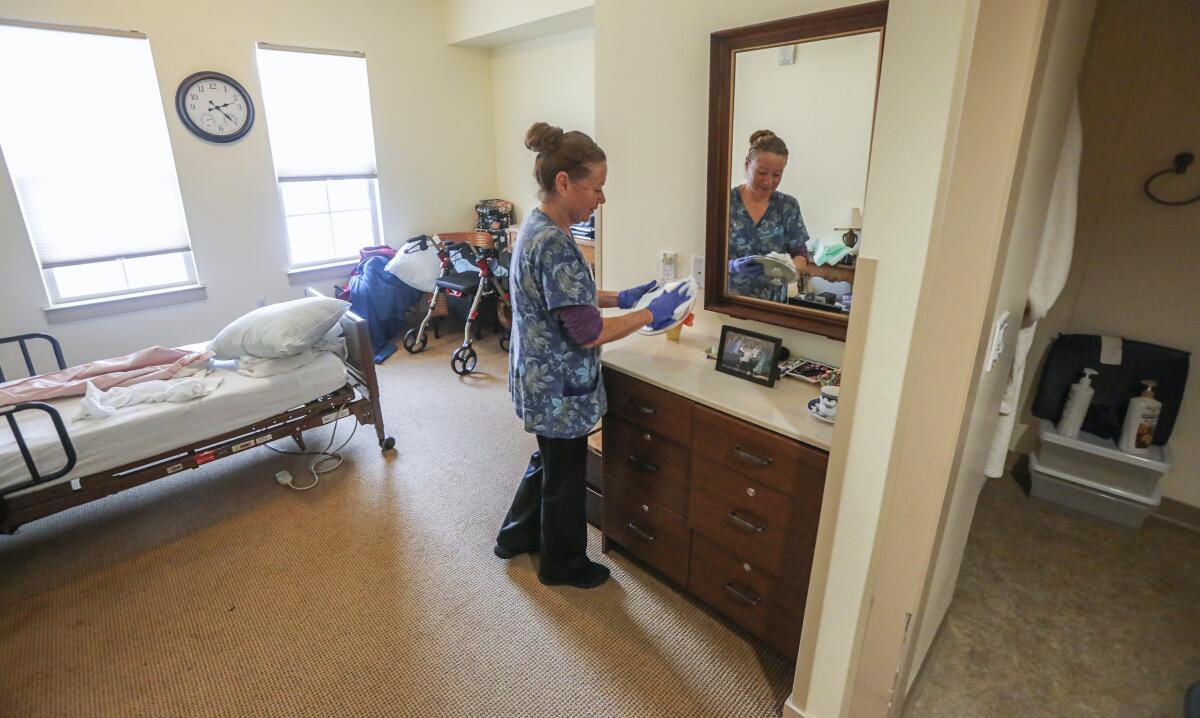
SACRAMENTO — On Wednesday, in a letter asking President Trump for help handling the novel coronavirus, Gov. Gavin Newsom made a startling prediction: More than half of Californians could be infected with the fast-moving sickness in a two-month period.
That would be 25.5 million people, with the potential for more than 5 million — 20% — requiring hospitalization. The state is attempting to build capacity in its hospitals to about 100,000 beds.
Taken together, the potential number of patients is alarming, given the capacity to help them.
But is it accurate?
Kent State public health professor Tara Smith said it was “unlikely” millions of infections would hit so quickly with social restrictions in place.
UC Berkeley biostatistics expert Nicholas Jewell, who has been following the progression of the virus since it hit U.S. shores, said, it is “hopefully true that we won’t get to that even in the end, when all this is over in California.”
And Mark Ghaly, California’s head of health and human services, agreed the state’s number was likely outdated and off.
The 25.5 million infections “would be if we were doing nothing and letting it happen to us,” Ghaly said Friday, and did not take into account the social distancing and other restrictive measures put in place in recent days to slow the spread of the coronavirus.
So why put out a worst-case scenario?
Ghaly said the number was created using data specific to California: How the virus is moving through places including Santa Clara County, San Mateo and Sacramento. It is also built off knowledge the state learned by repatriating cruise ship passengers, diplomats and others exposed to the virus and placed in monitored quarantines.
One measure experts use to gauge how quickly a disease is spreading is by looking at how fast the number of cases doubles. The longer it takes for cases to double, the better the infection is being contained.
Ghaly said the state originally modeled its predictions assuming the coronavirus infections would double every seven days. Instead, he said, it is doubling nearly every four days in California — a rapid expansion on par with countries with the worst outbreaks, and the subsequent overwhelming of hospitals.
But even that number is suspect.
Experts agree on one fact: The United States lacks enough data to make reliable predictions because authorities have conducted so few tests, due to a cascade of problems. Experts have no definitive way of knowing how many people in the U.S. have had a mild case of the virus but were never diagnosed, were incorrectly diagnosed, or are incubating it now.
Every model includes guesswork because only the sickest and most privileged have been able to access tests, skewing understanding of how widespread it is.
“Part of the challenge of all of this is to really get the reports on who is infected, you need to have broad-scale testing,” Ghaly said.
As of Friday afternoon, California counties had reported 1,195 positive cases and 23 deaths. But as of Thursday, only 12,600 people in the state had been tested, and labs were reporting backlogs and shortages of supplies.
Newsom has asked the federal government for help obtaining basic items such as the swabs used to take samples for the test, and Friday, private labs running the tests asked for $5 billion to handle the massive task.
The latest maps and charts on the spread of COVID-19 in California.
“Right now, we are not using science,” said John Ioannidis, a Stanford epidemiologist. “We are just using fear, panic, anecdotal reports.”
Ioannidis calls the testing situation an “evidence fiasco” that has left California and the country with few options to protect lives other than staying away from other humans.
In order to understand how widespread the virus is, said Ioannidis, testing needs to occur for the population at large. He thinks the limited number of tests now available should be given to a random sample of the population. Such a snapshot approach could provide a quick and accurate look at what the scope of the virus really is, he said.
But until the testing situation is fixed, Ioannidis and others said, best guesses and drastic measures will remain the norm.
“This is not 21st century science,” he said.
More to Read
Sign up for Essential California
The most important California stories and recommendations in your inbox every morning.
You may occasionally receive promotional content from the Los Angeles Times.
